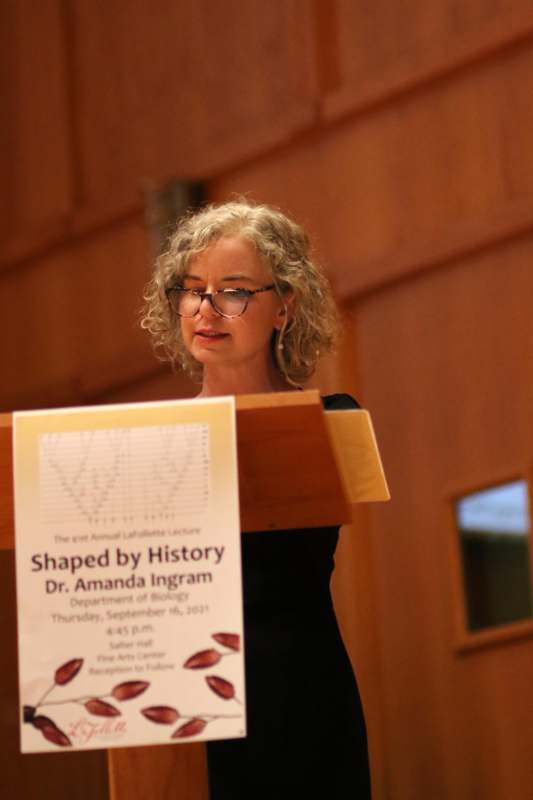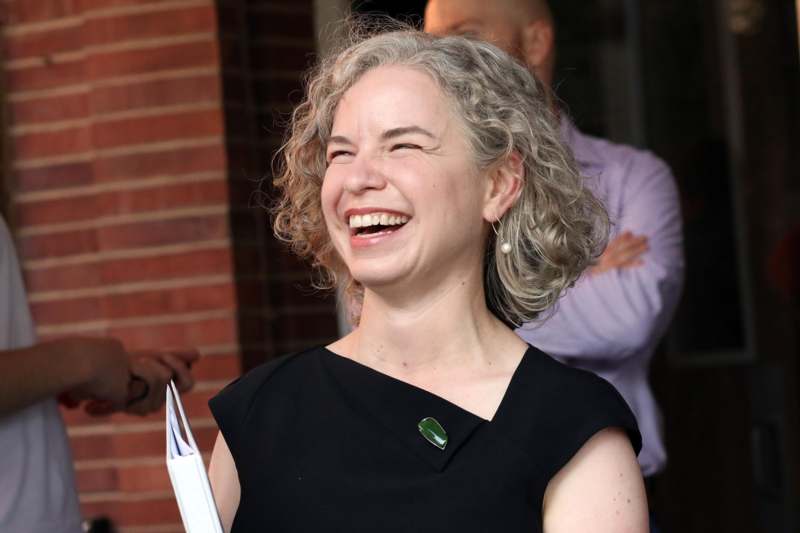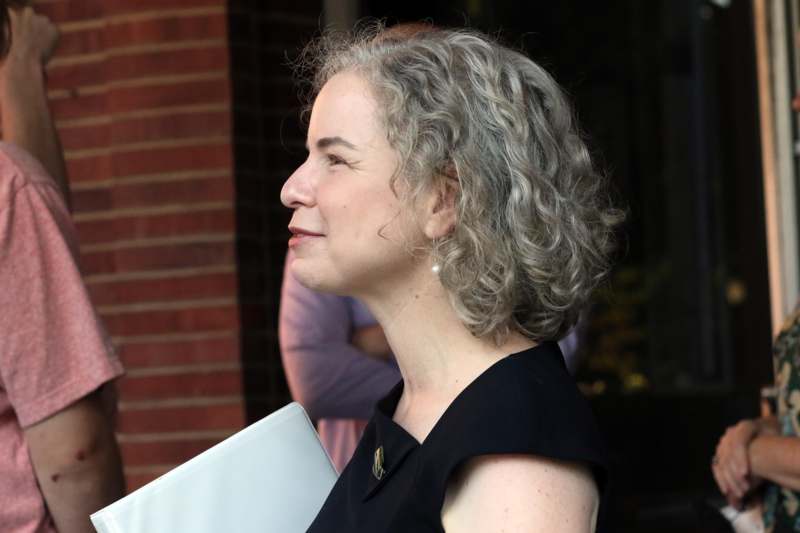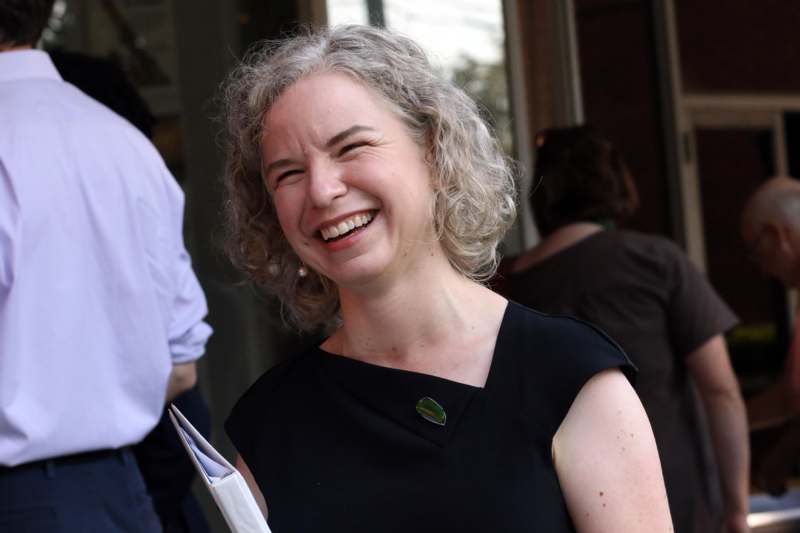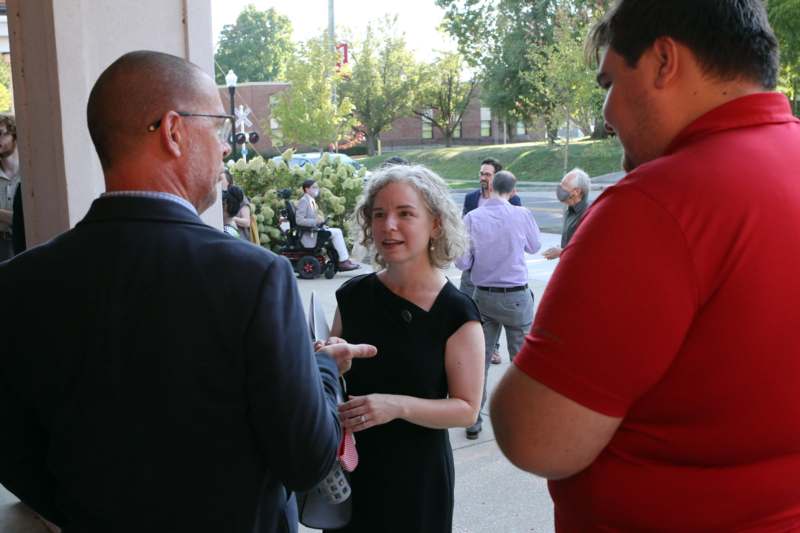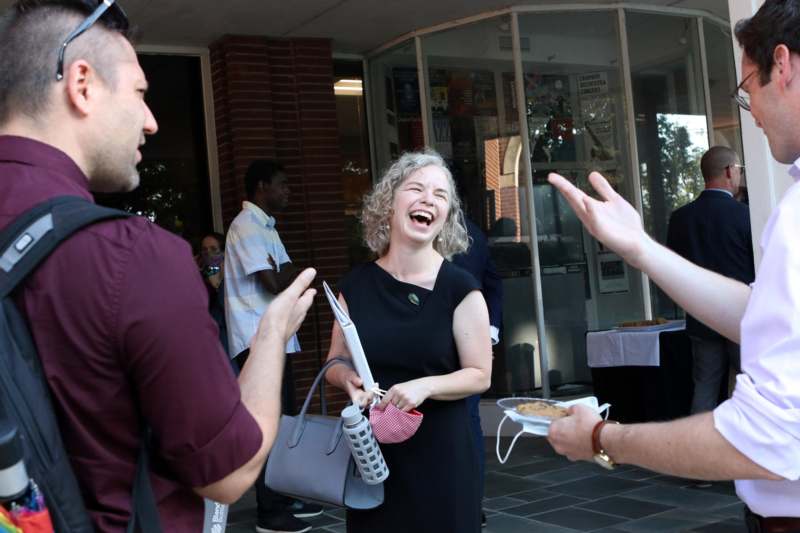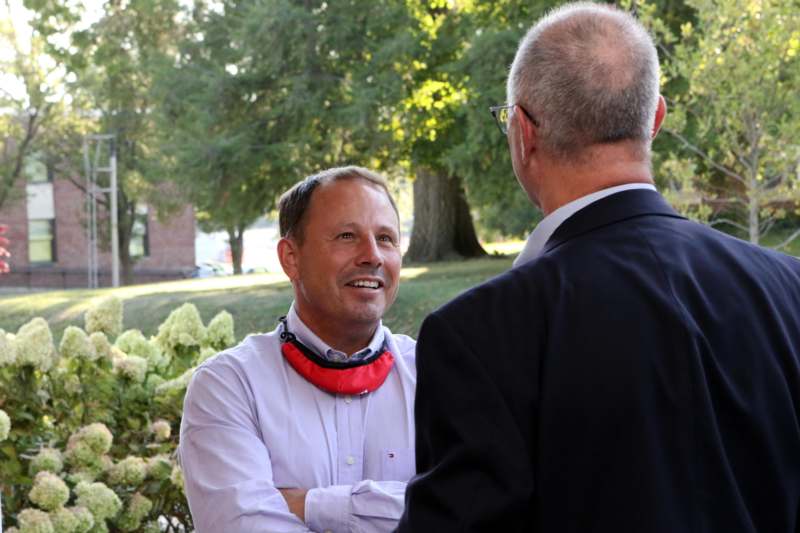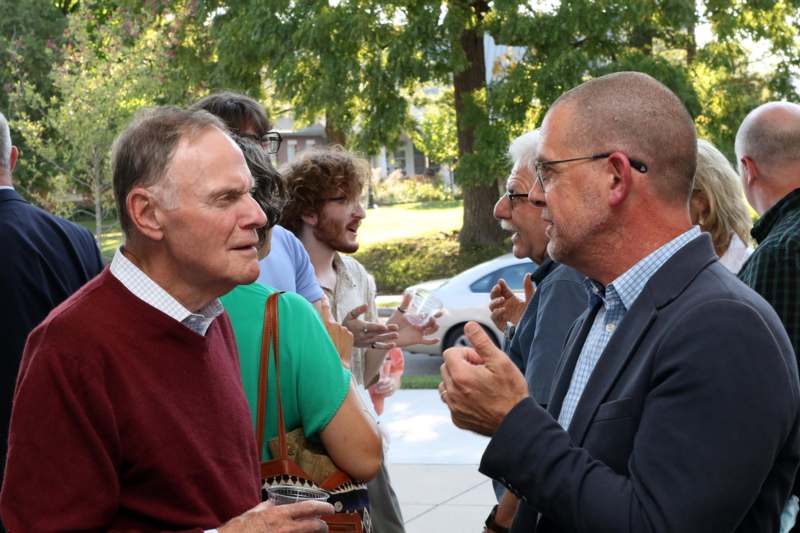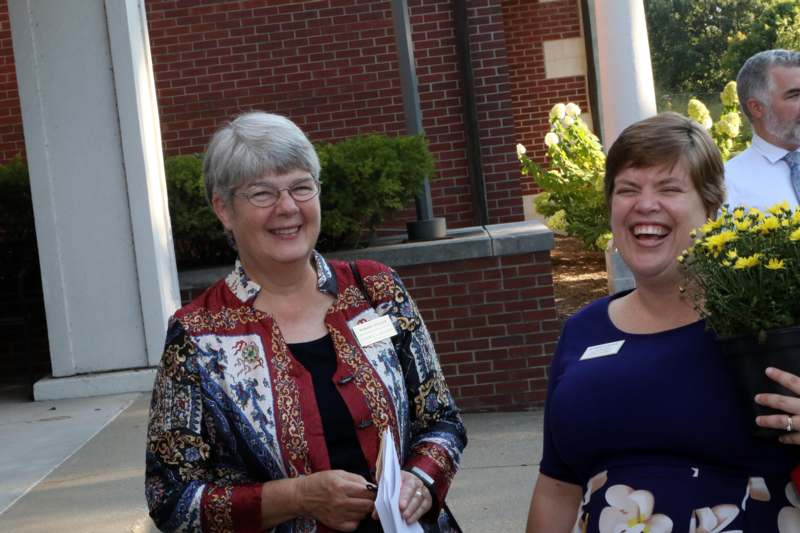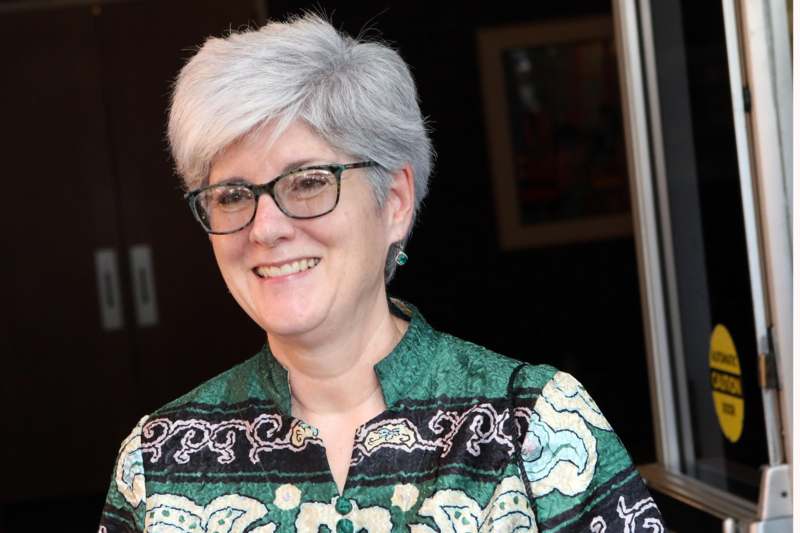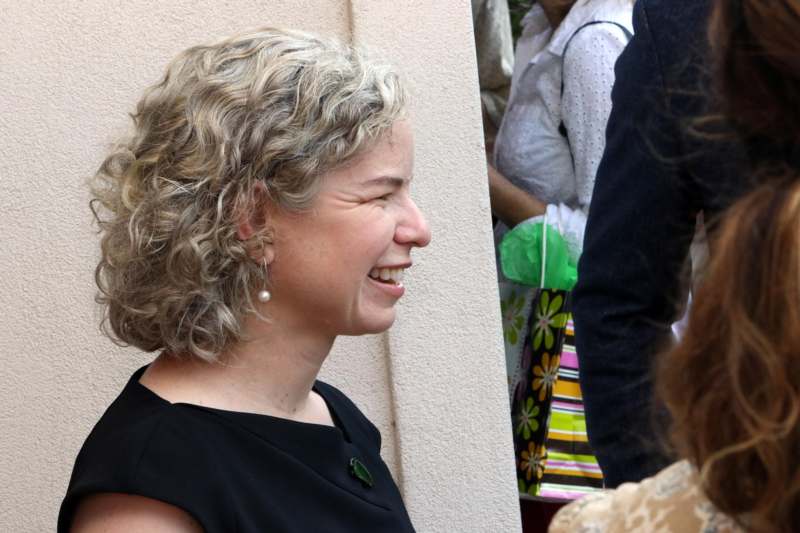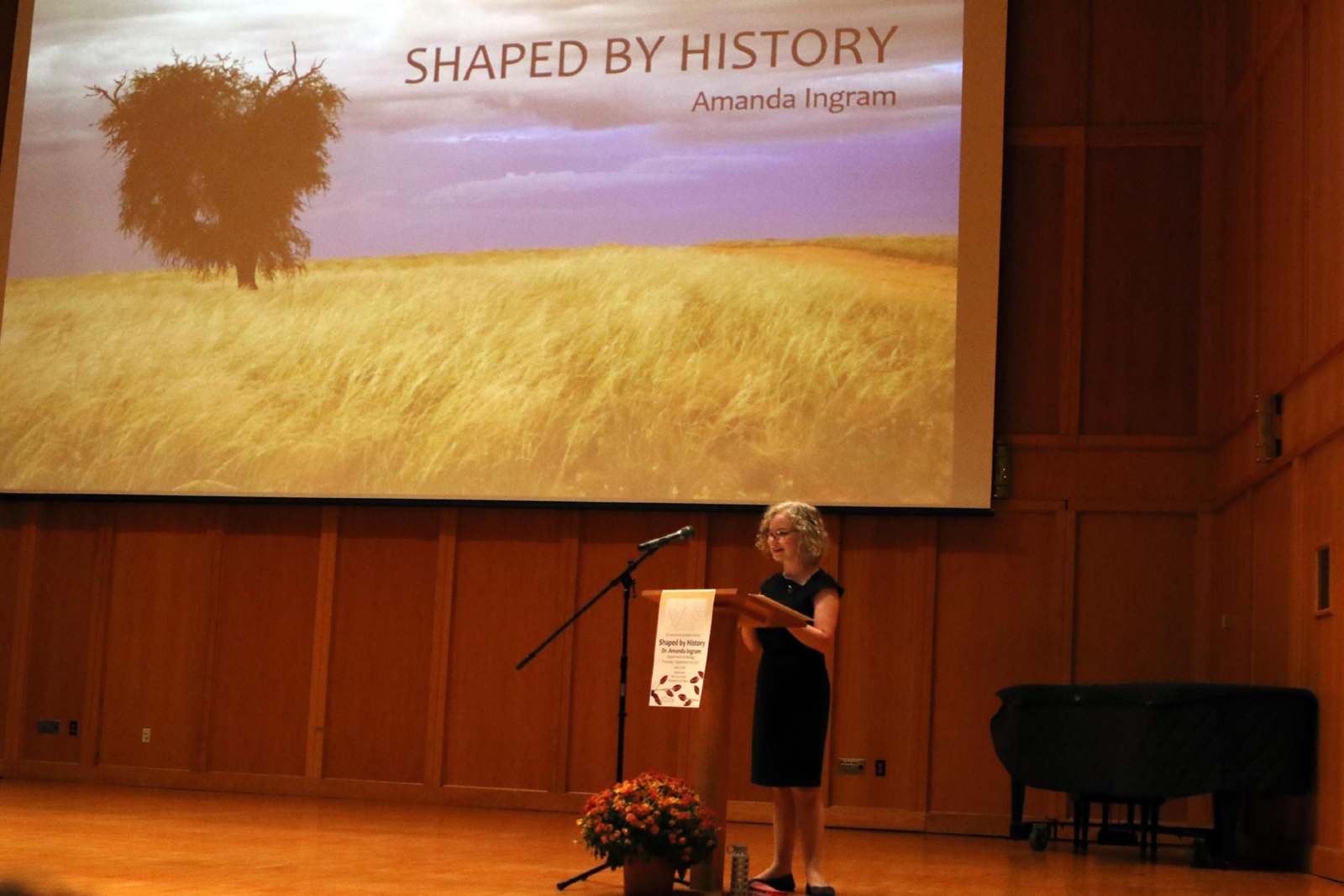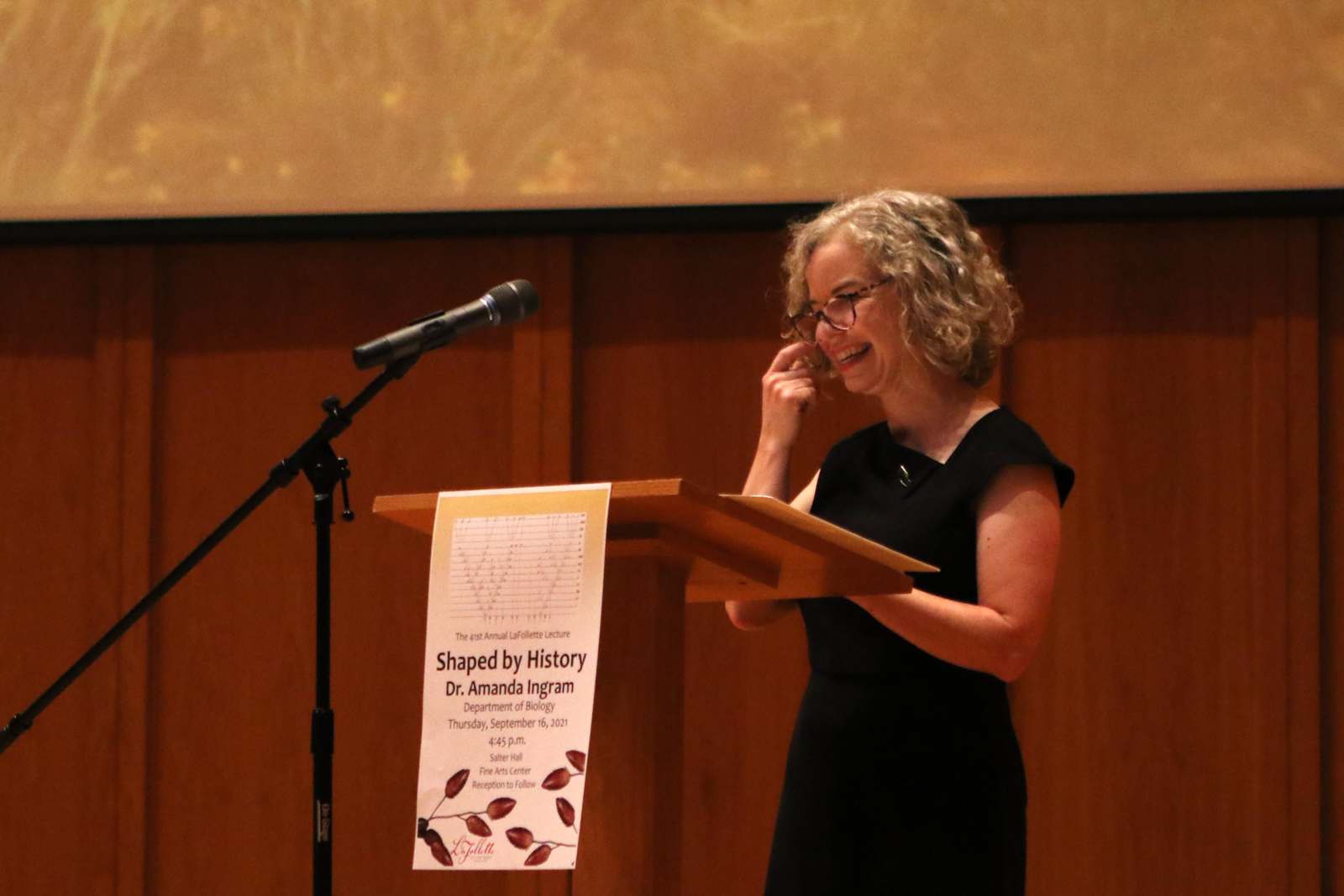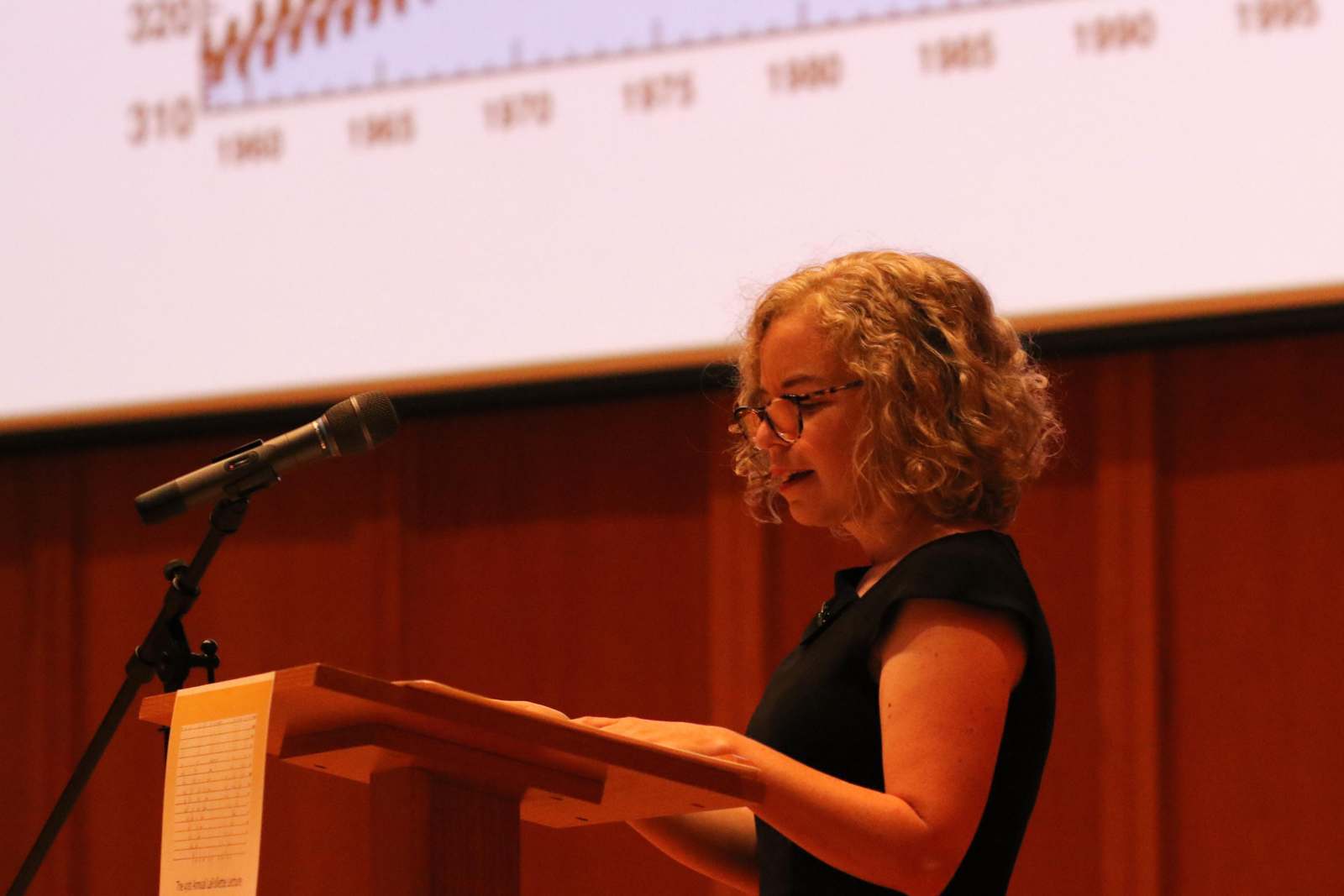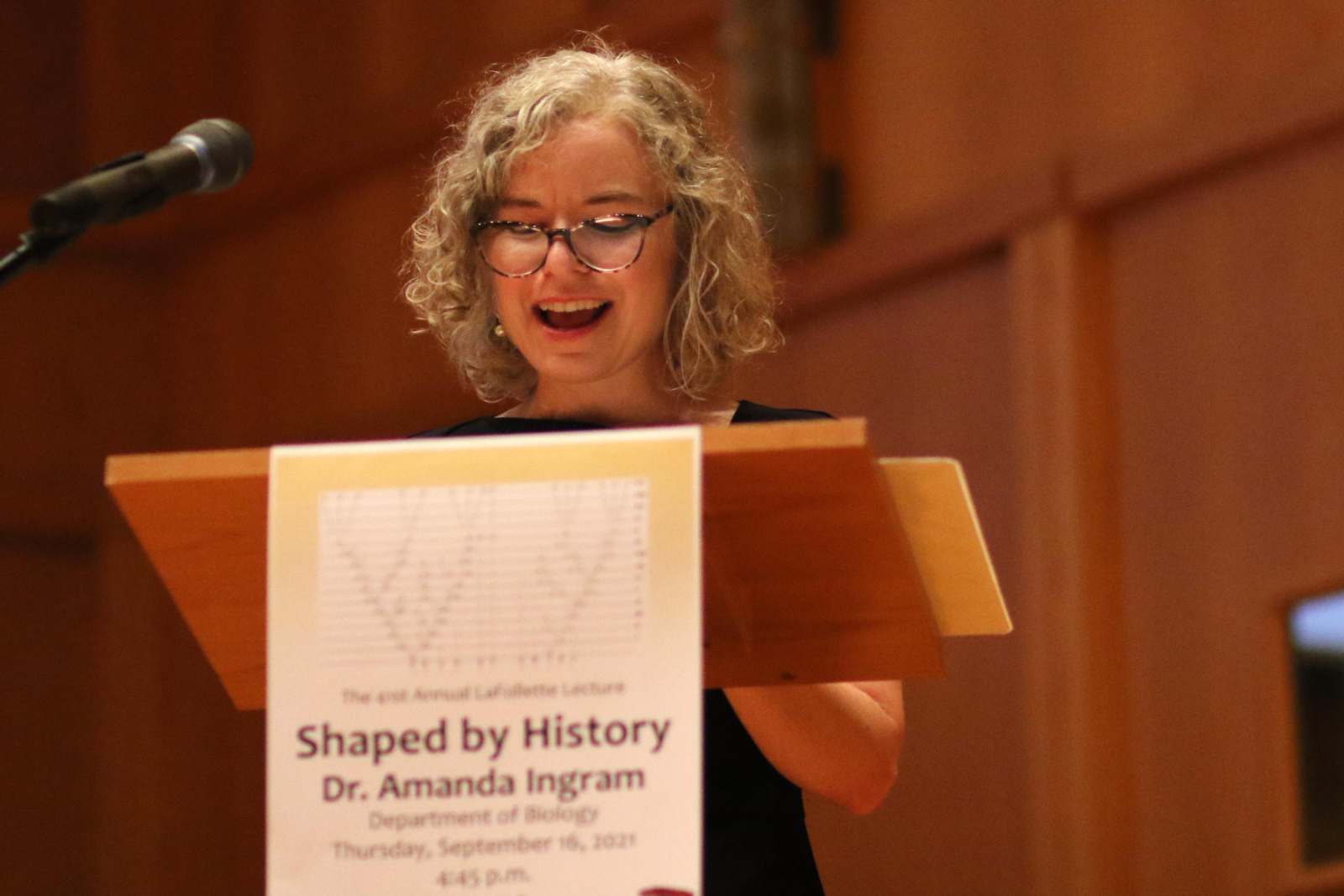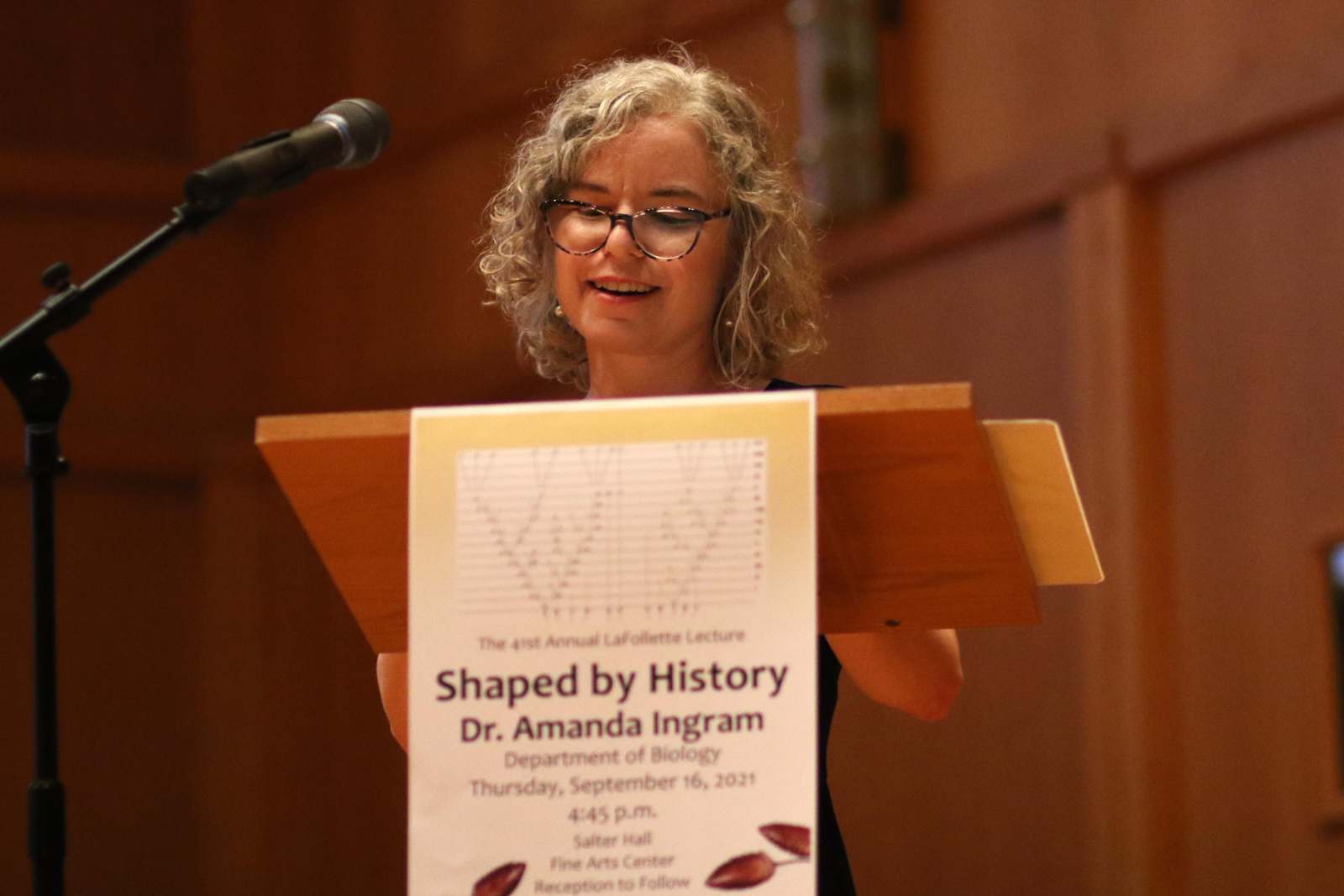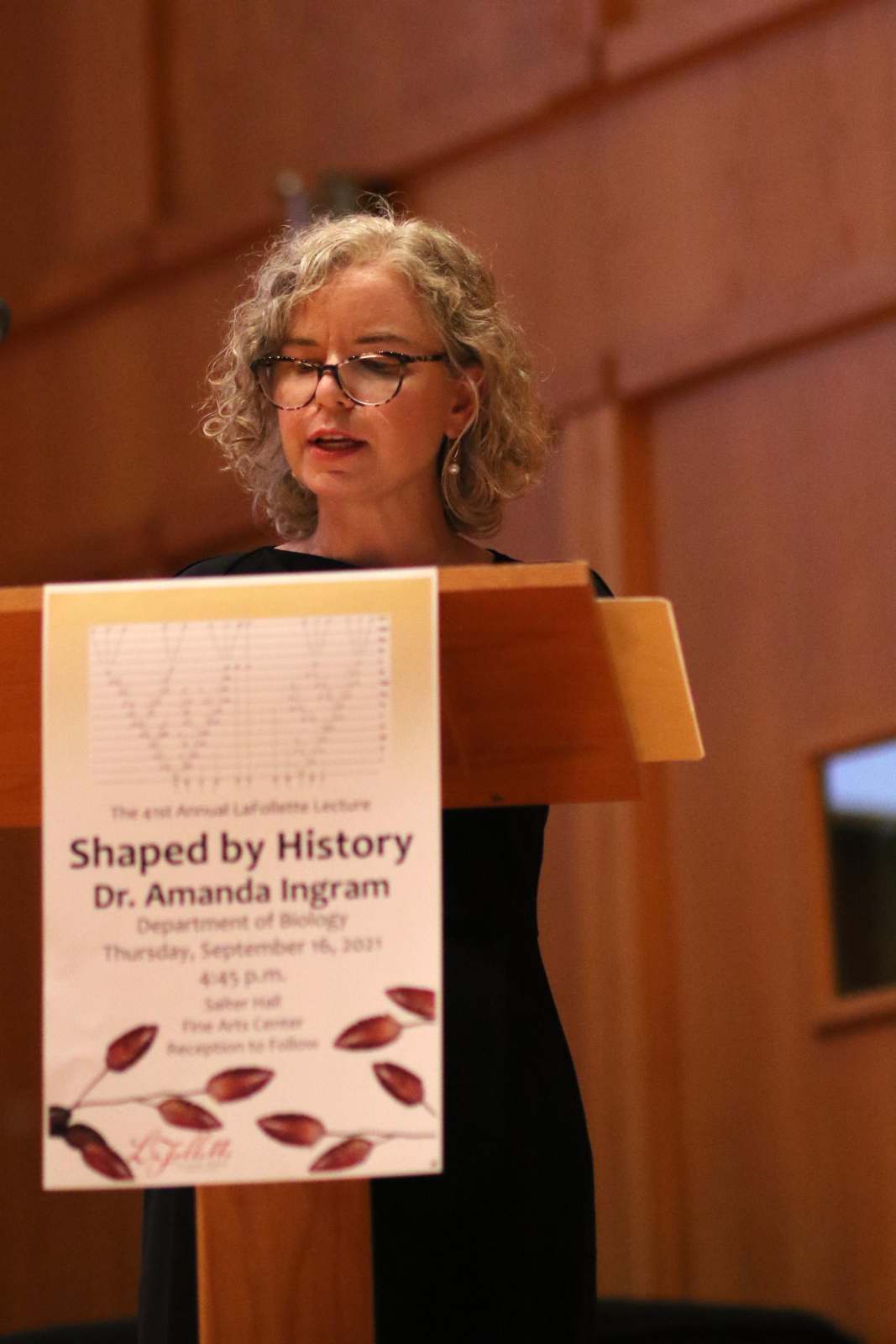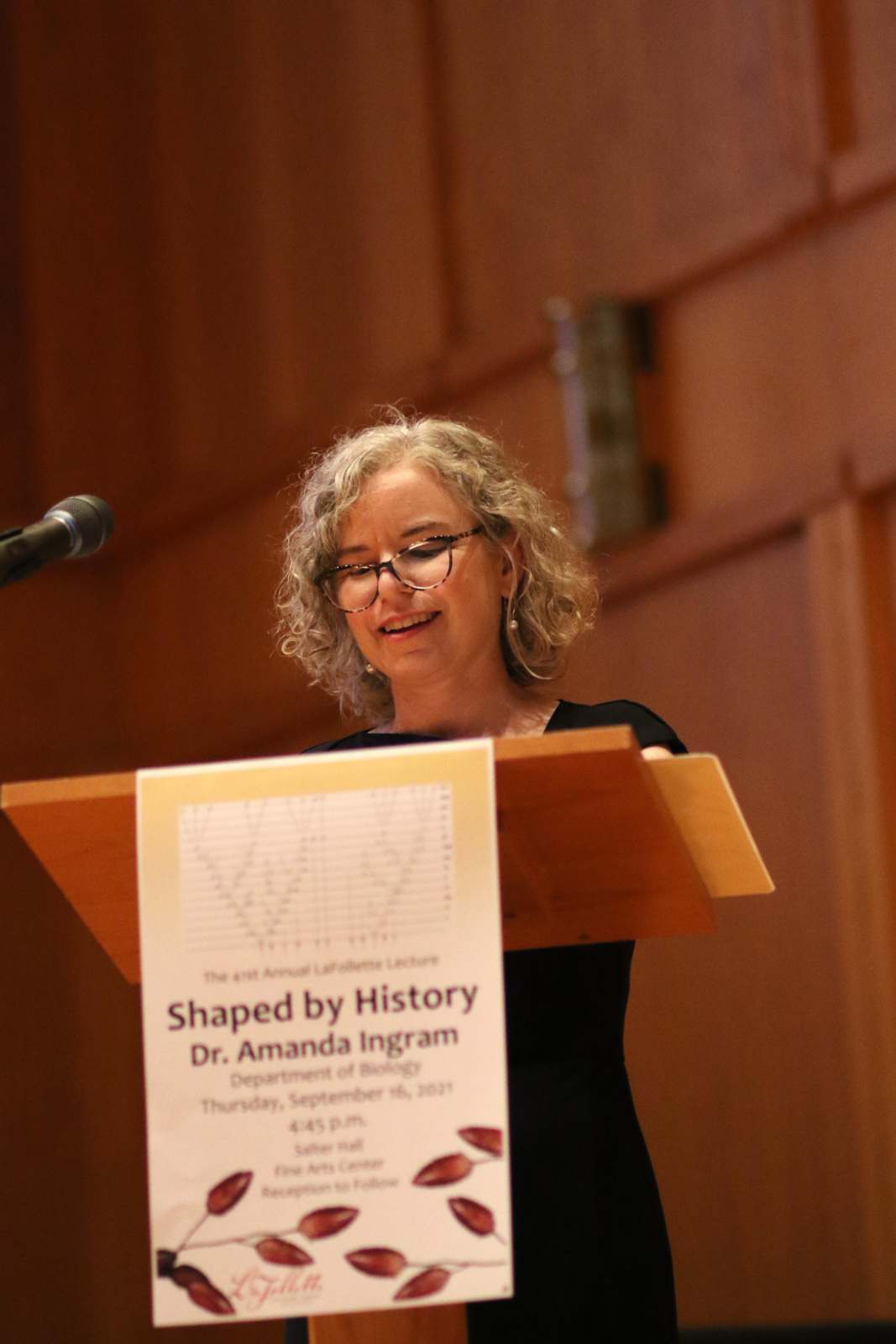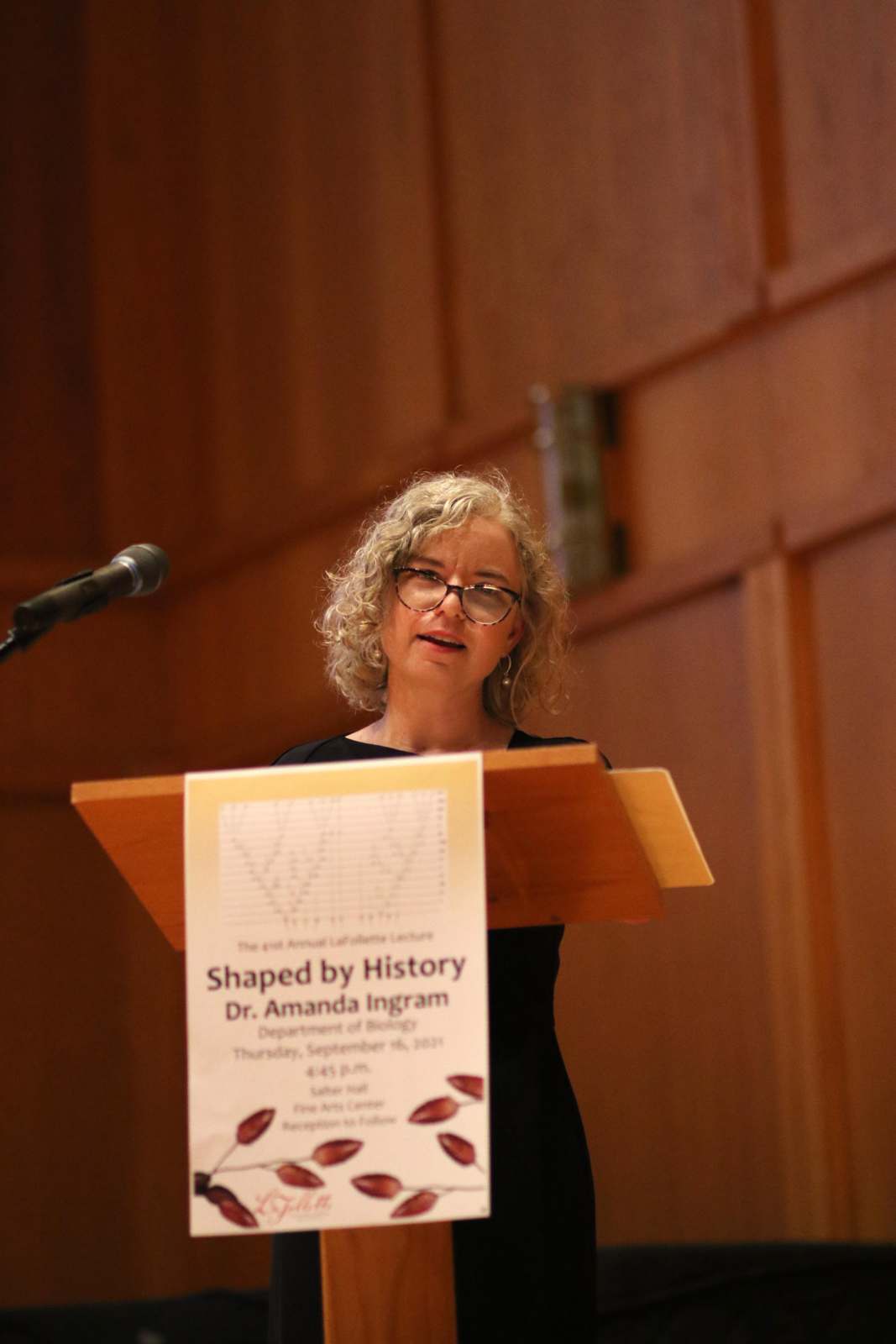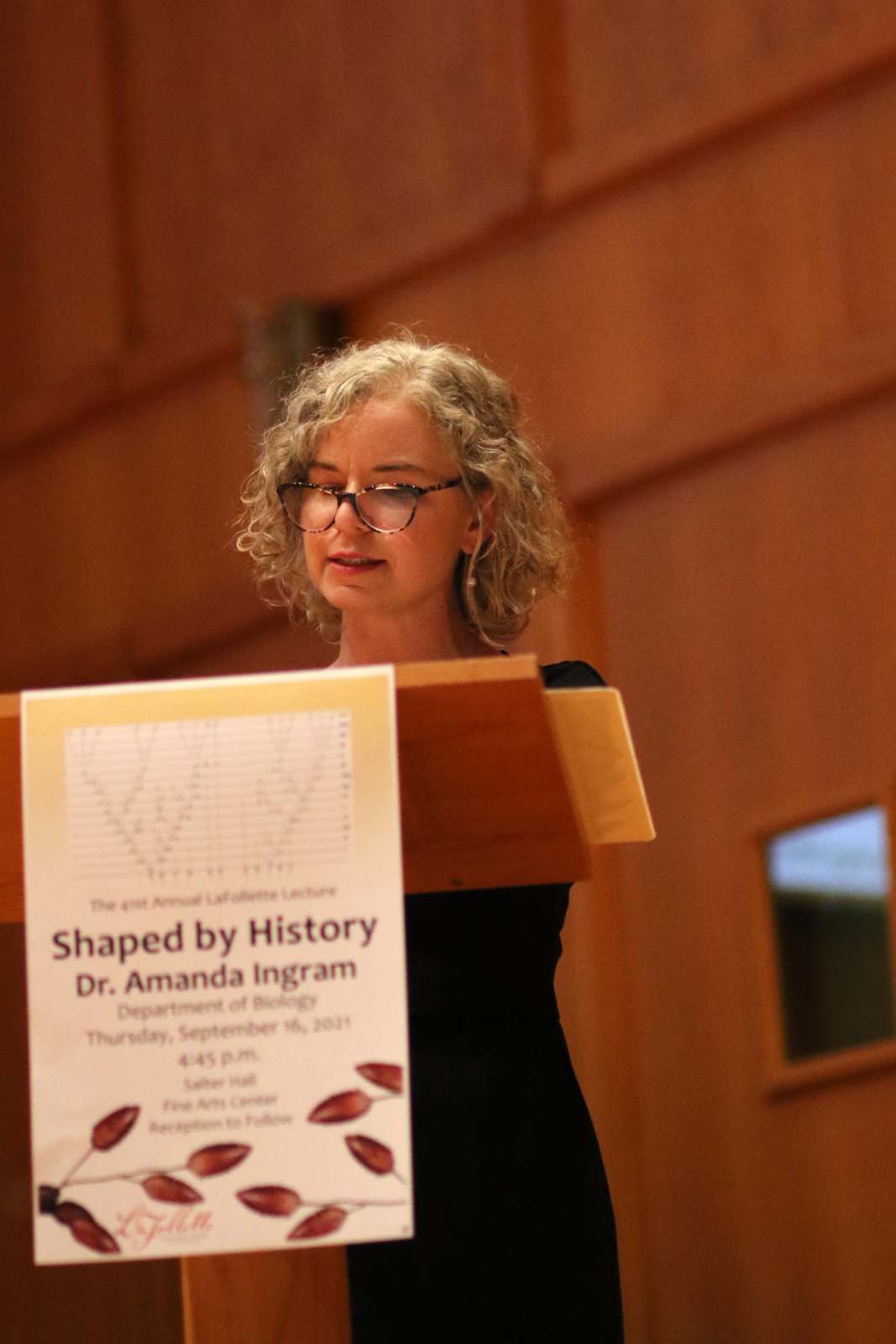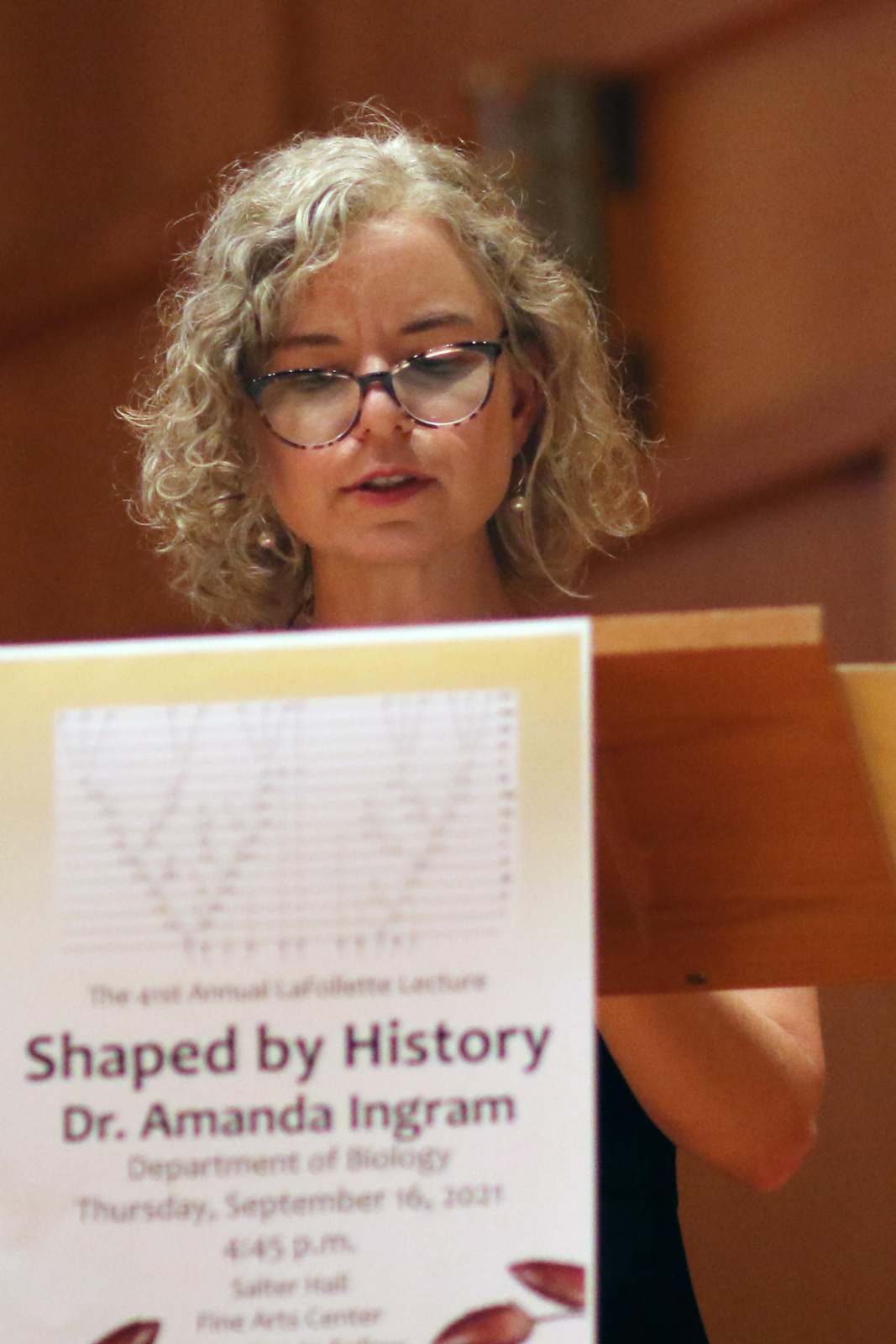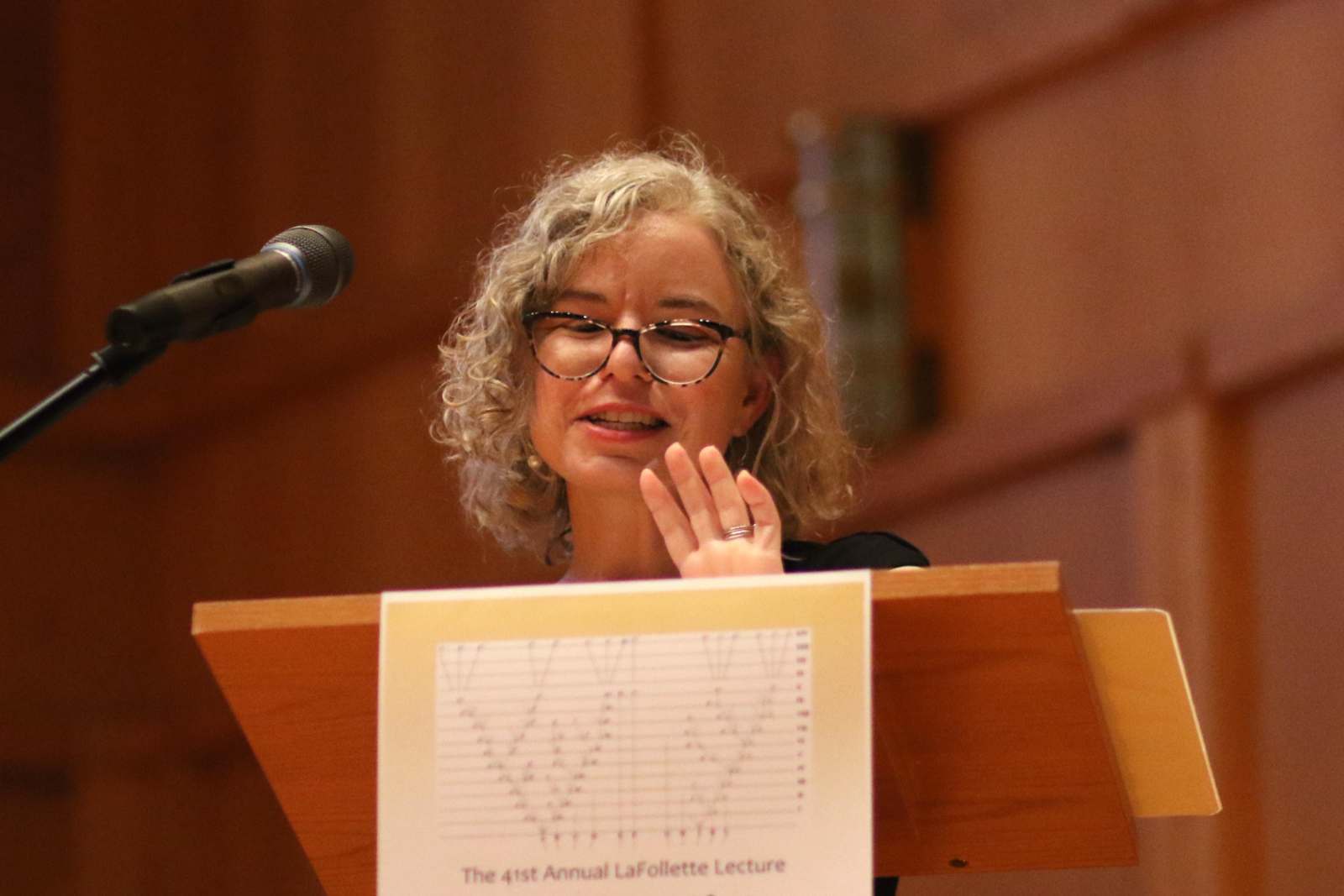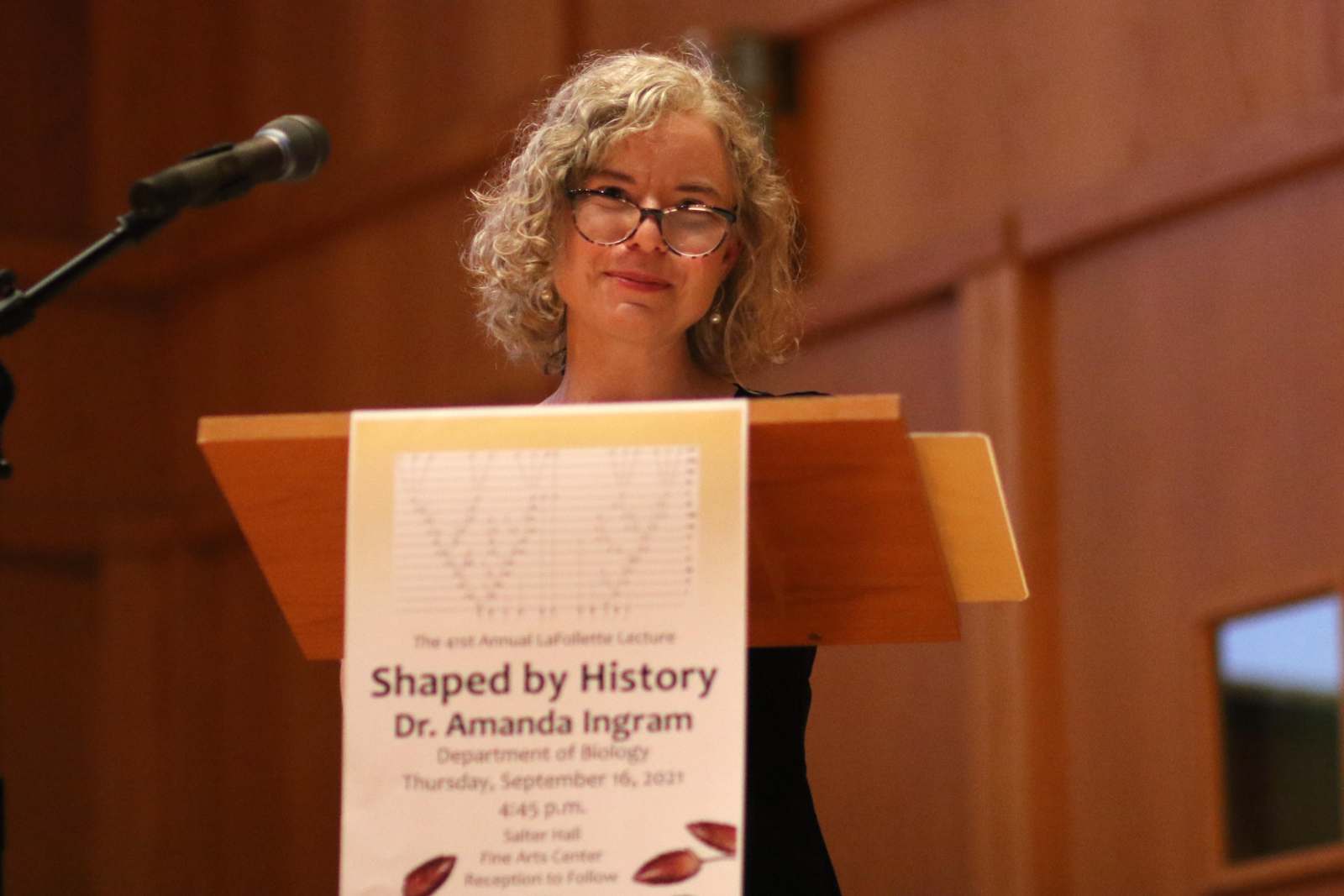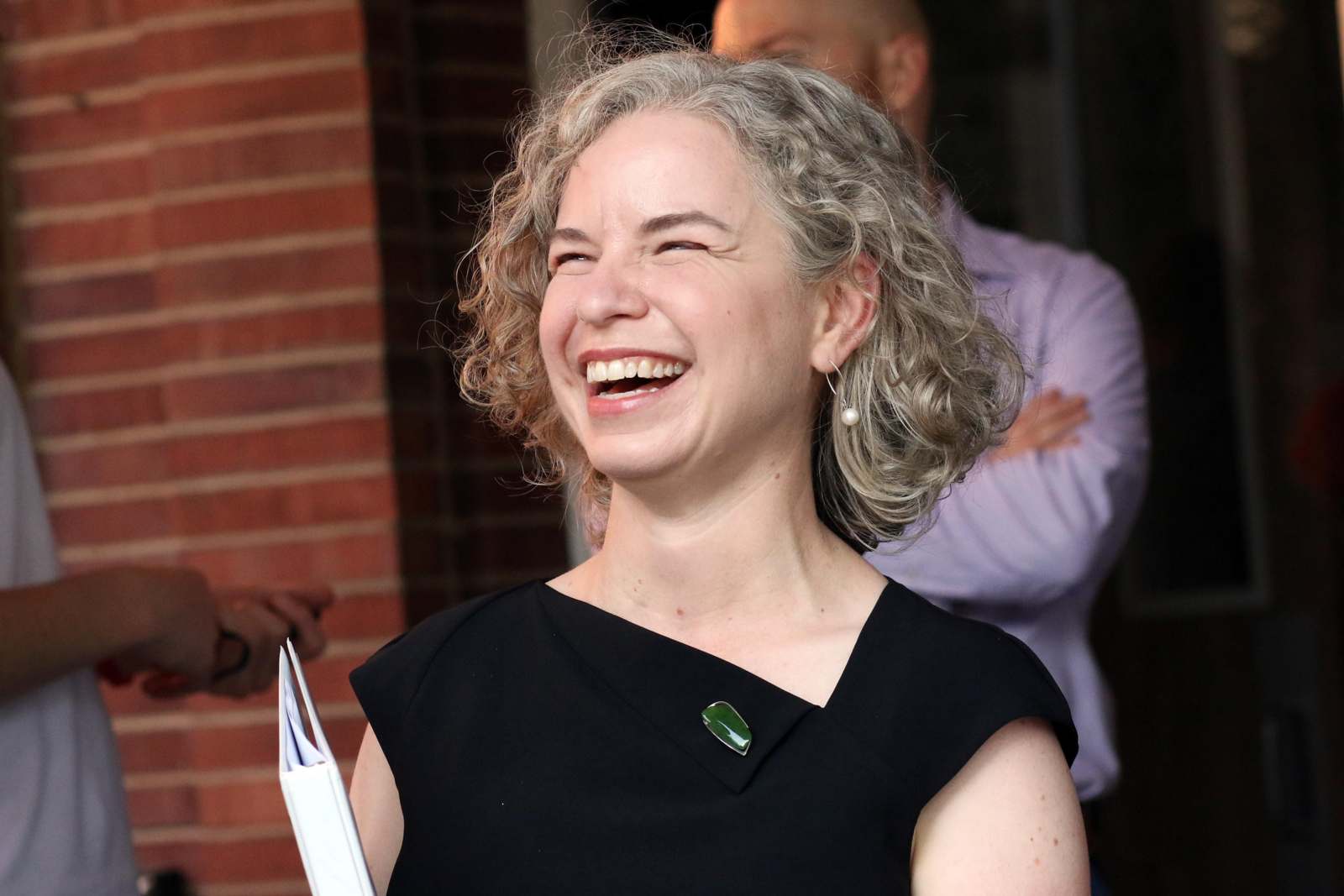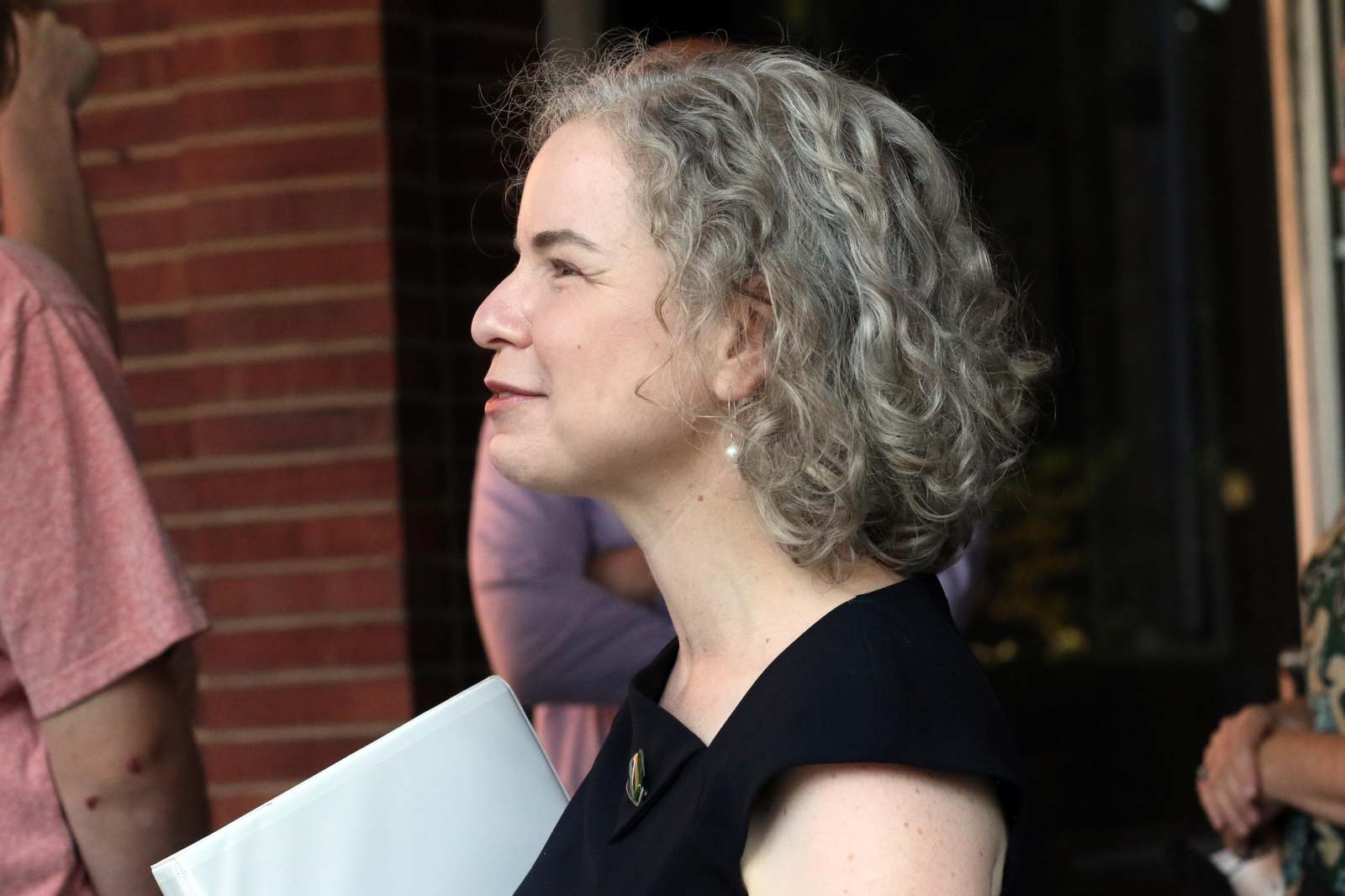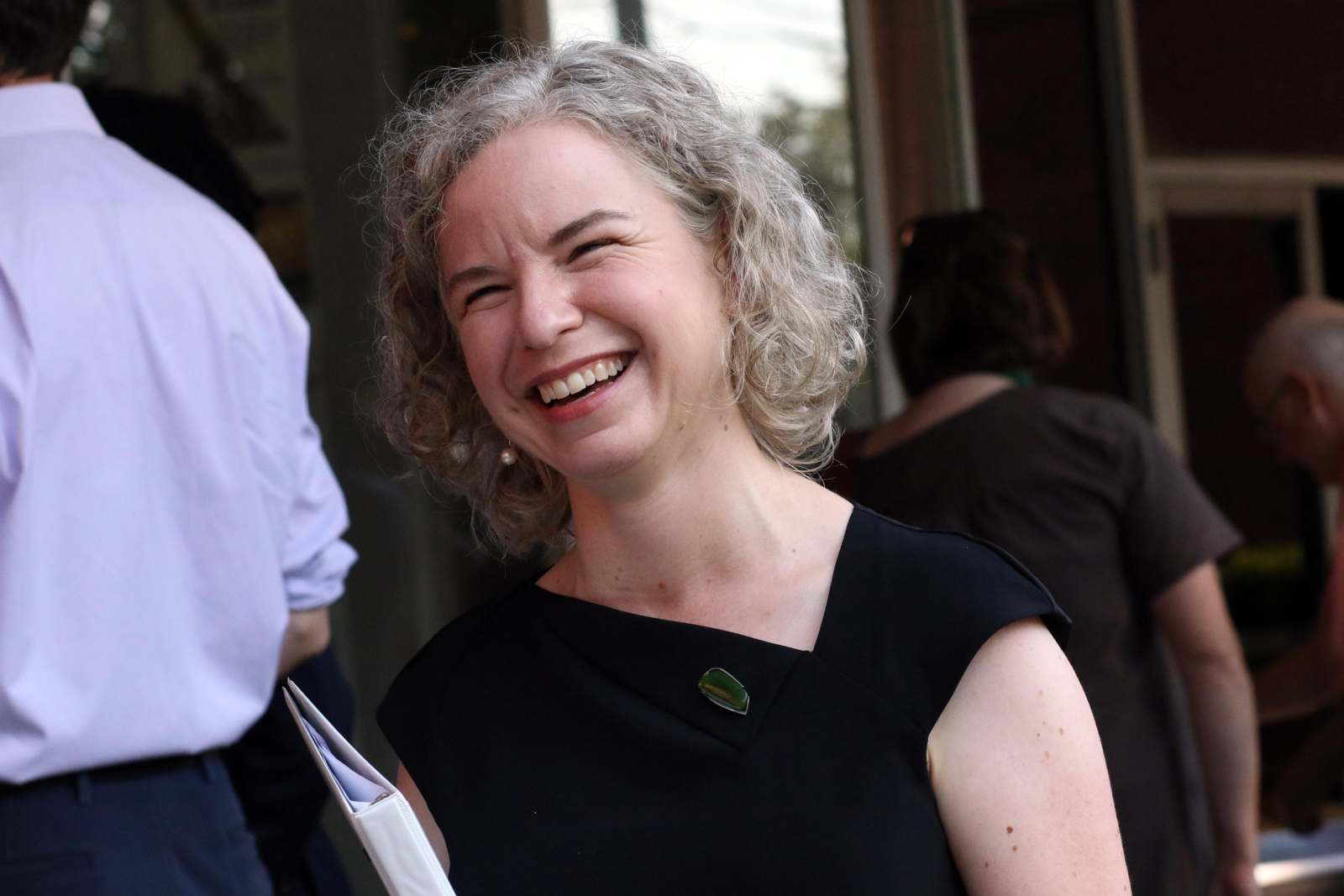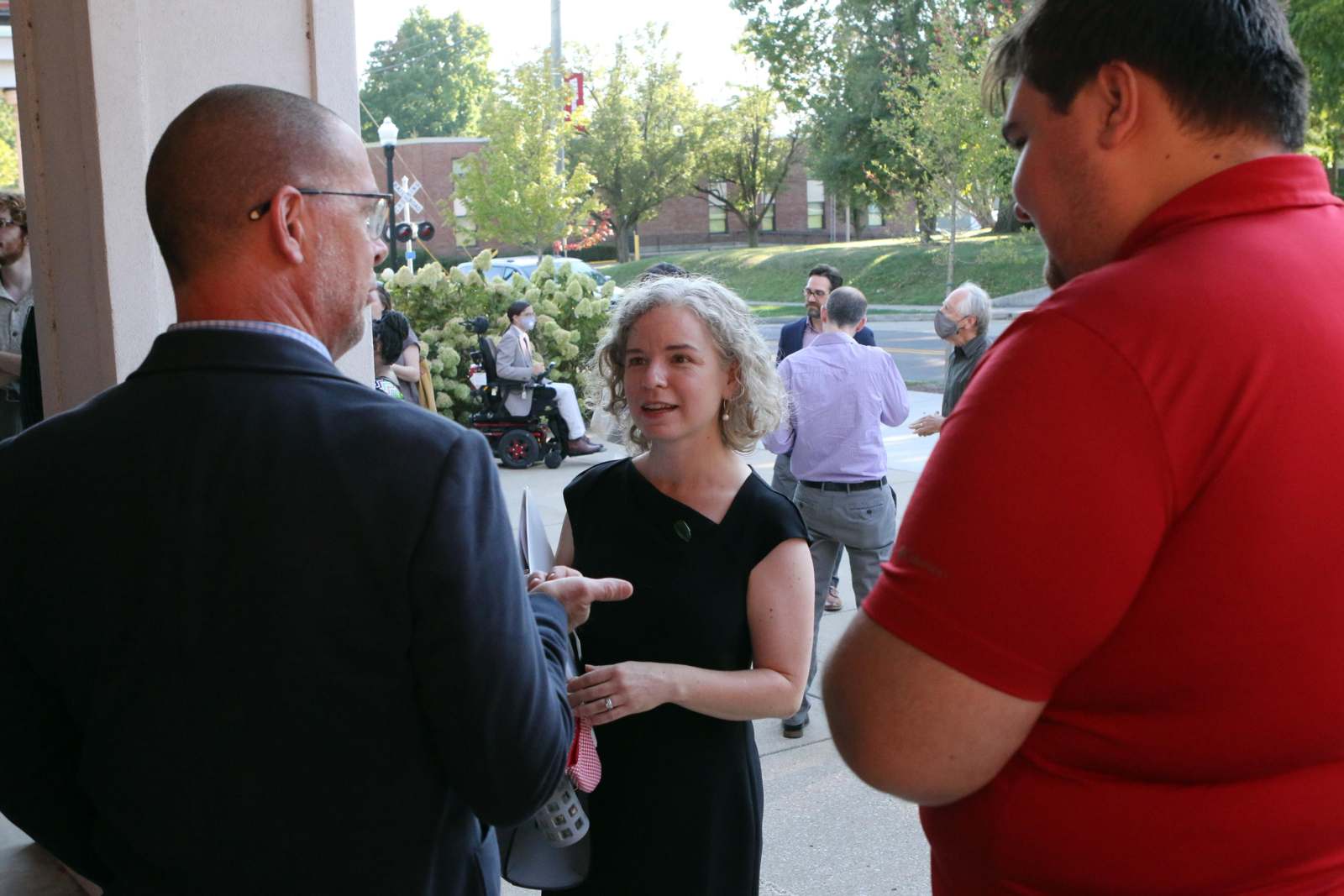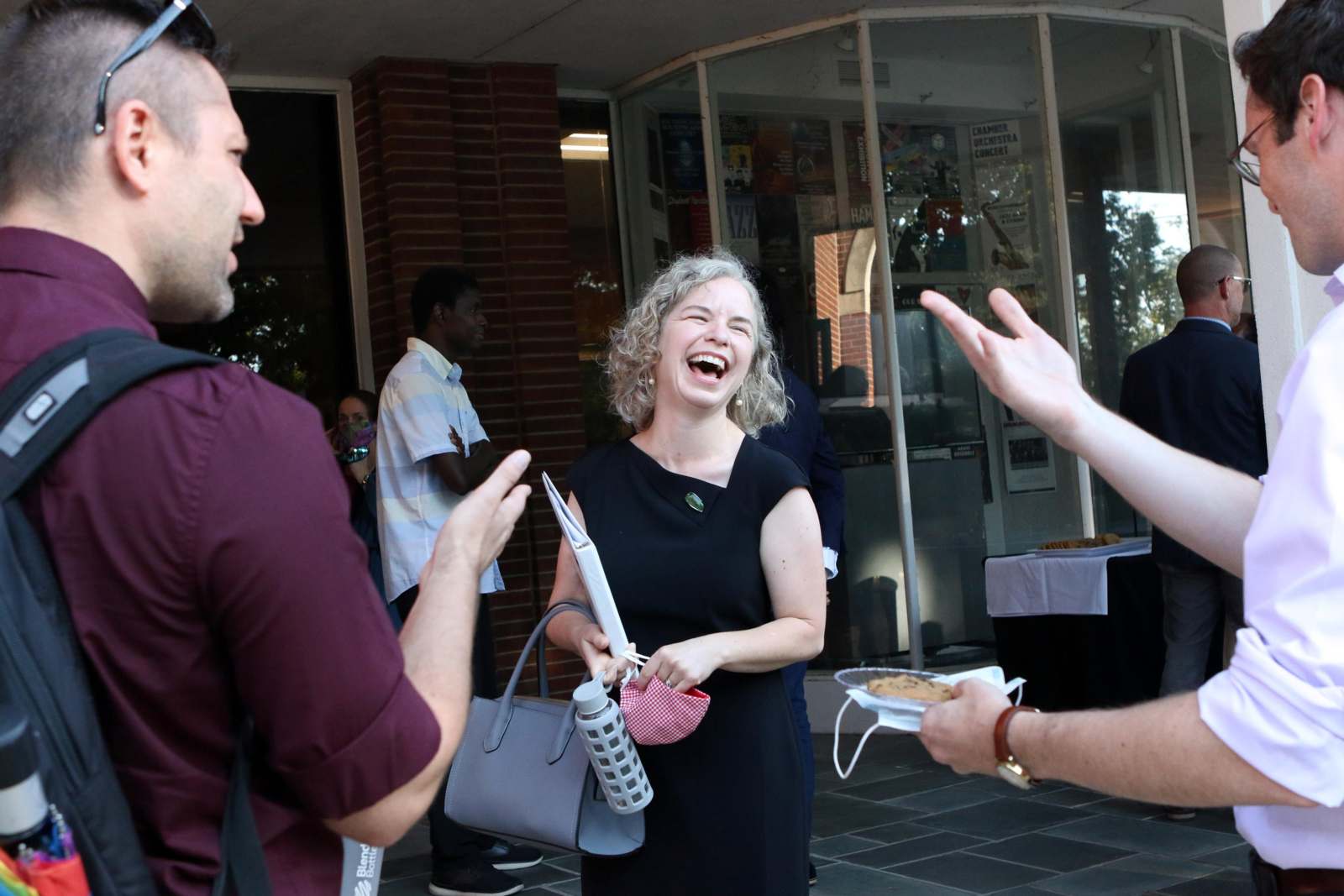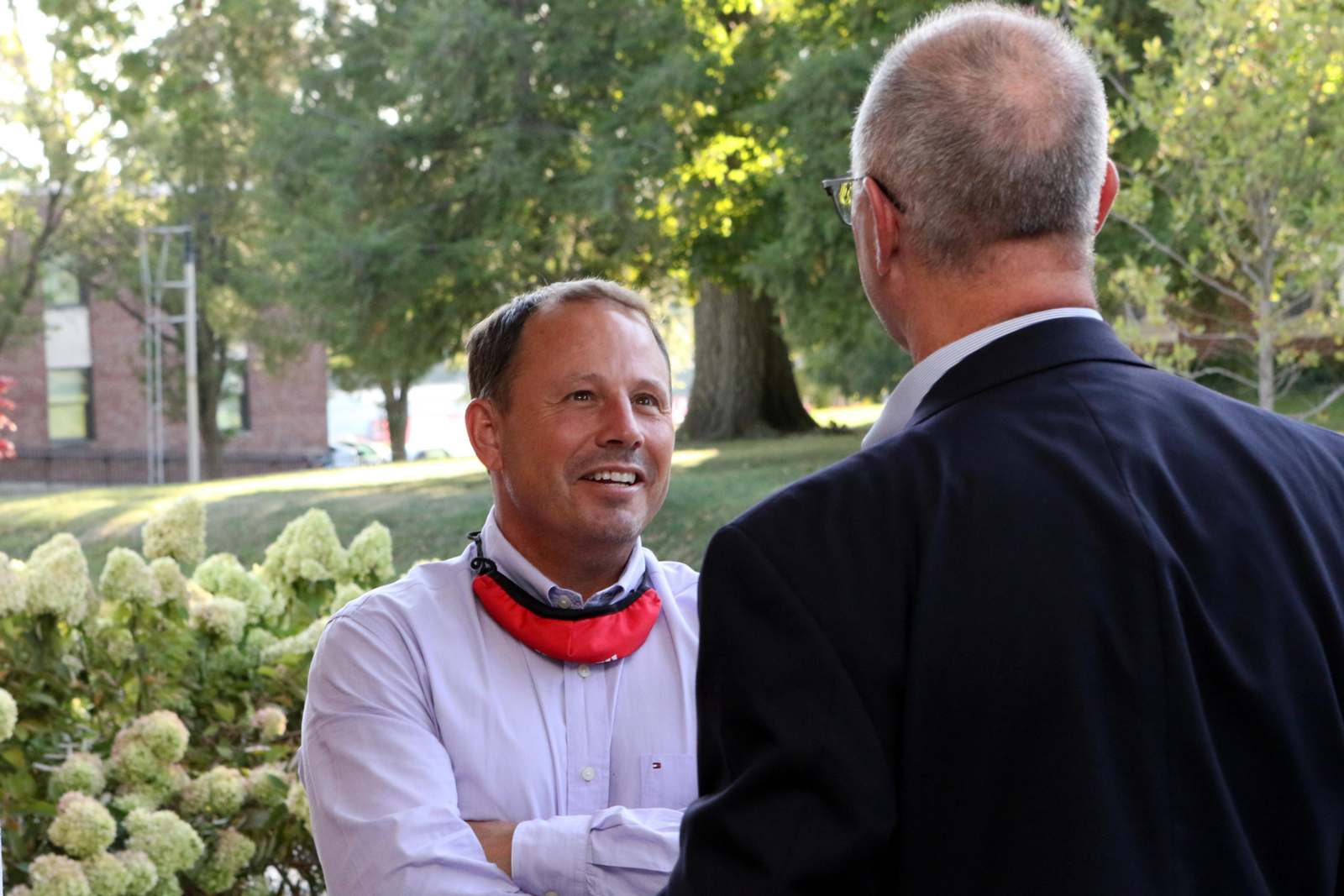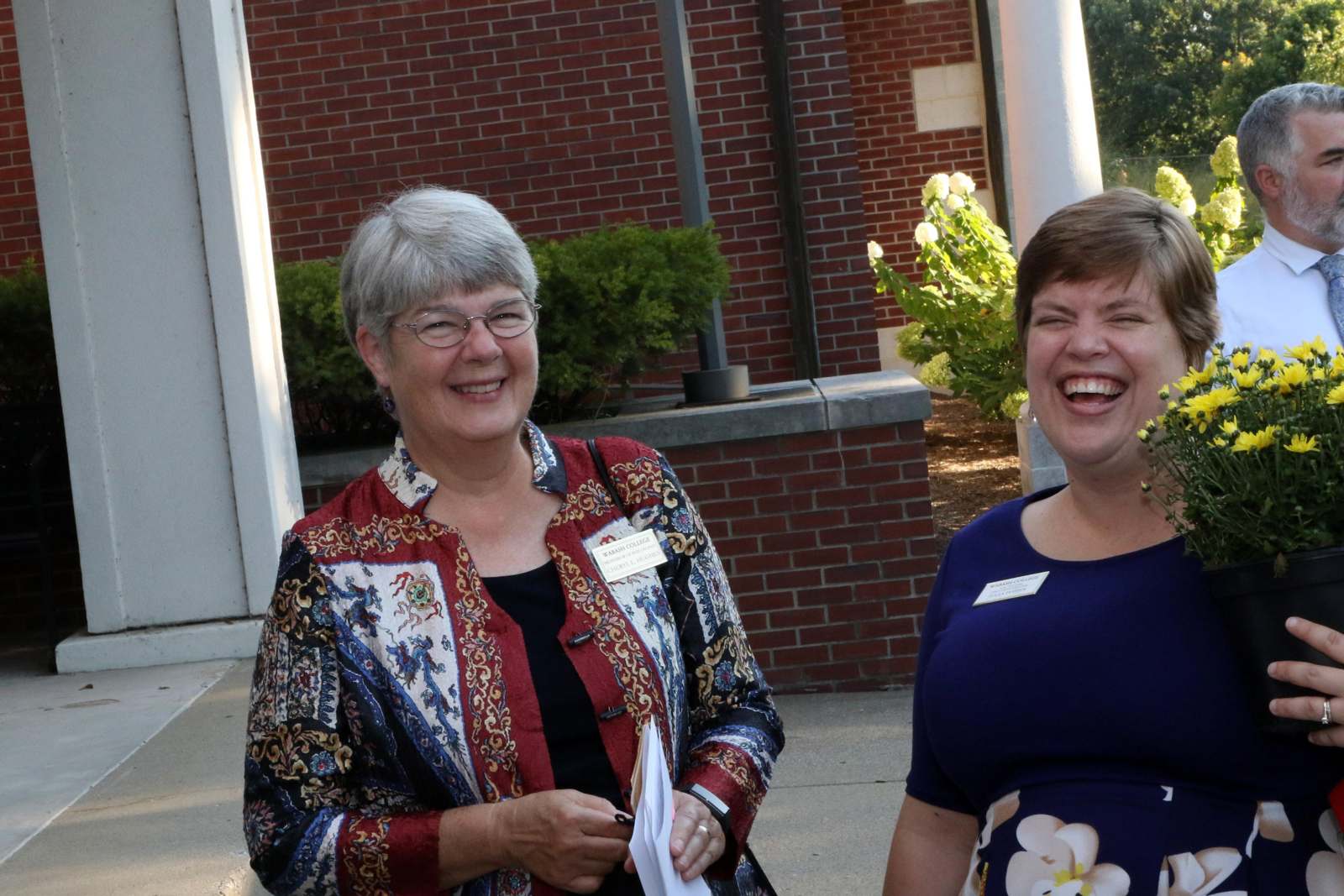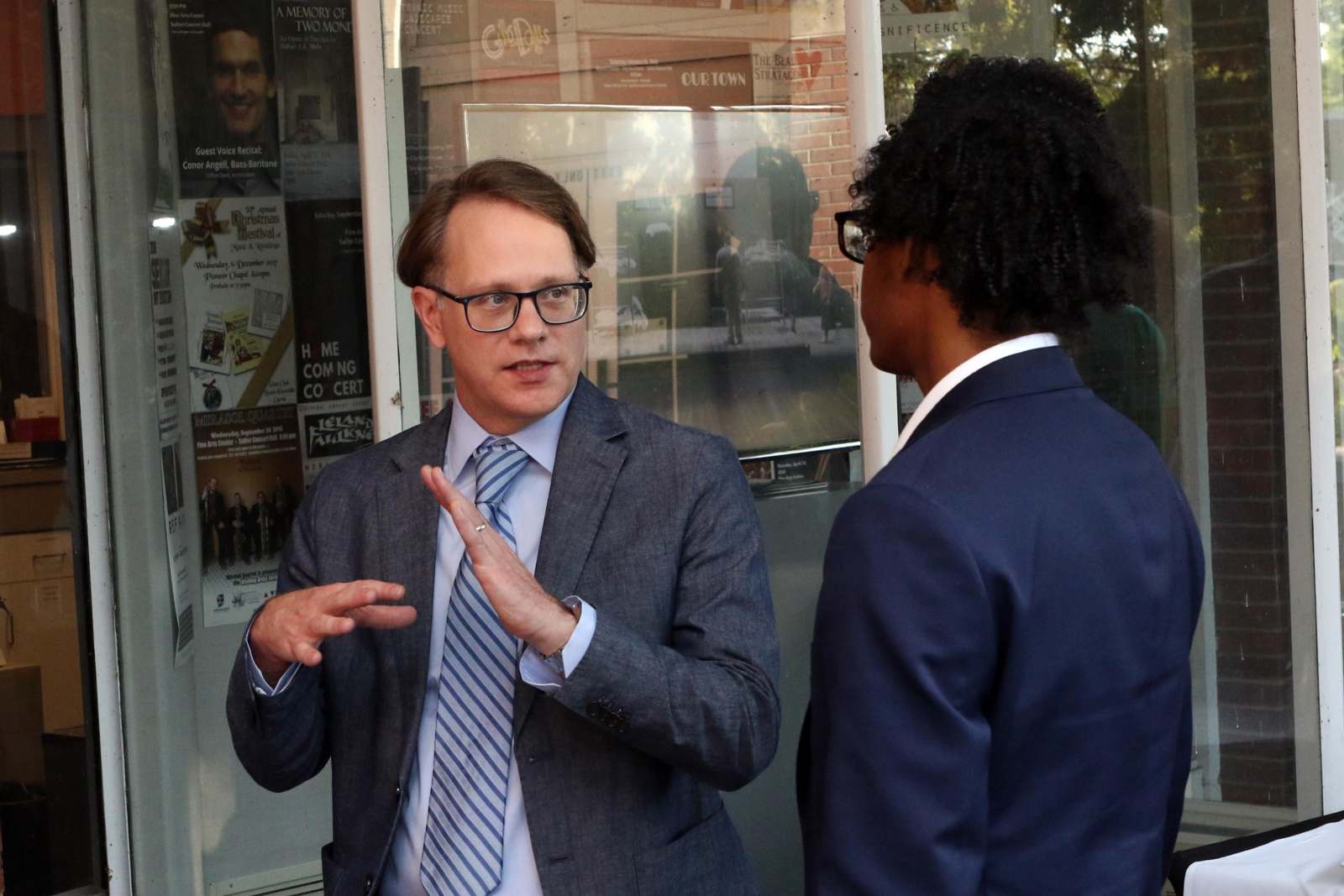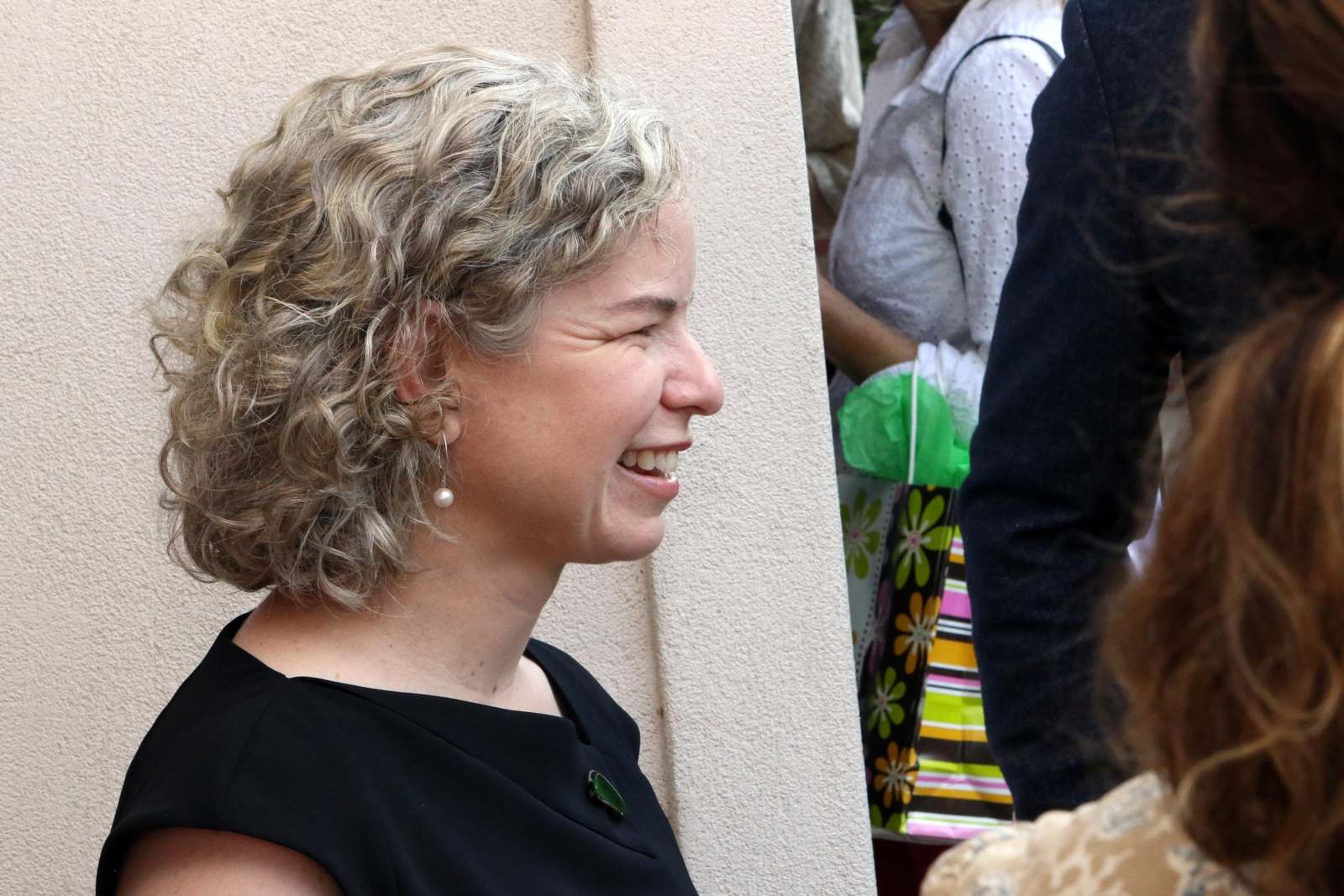41st LaFollette Lecture: Amanda Ingram, 9/16/2021
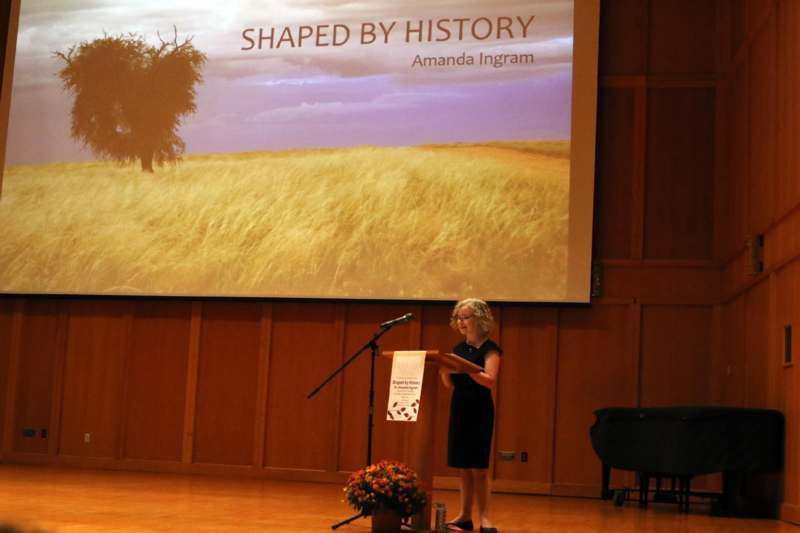
The LaFollette Lecture series was established in 1982 by the Wabash College Board of Trustees to honor Charles D. LaFollette, their longtime colleague on the Board. The lecture is usually given each year by a Wabash College faculty member who is asked to address the relation of his or her special discipline to the humanities, broadly conceived. This year's lecture, 'Shaped By History,' was delived by Amanda Ingram, Professor of Biology. Presented with the accompanying photos are excerpts from her lecture.
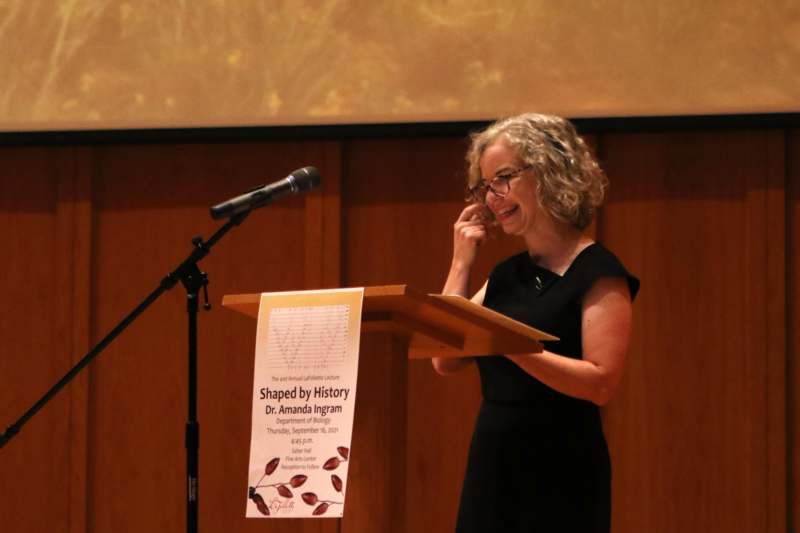
'If I’m completely honest, human-focused questions, which are really at the heart of humanities, wouldn’t rank terribly high in the list of things I find intellectually compelling. But as I thought about how I might approach this assignment, I began with some careful examination of the questions that do interest me and the approaches I take to answer them. This led naturally to a rather uncomfortable subject that crops up periodically in my special field: is what systematists do actually science?'
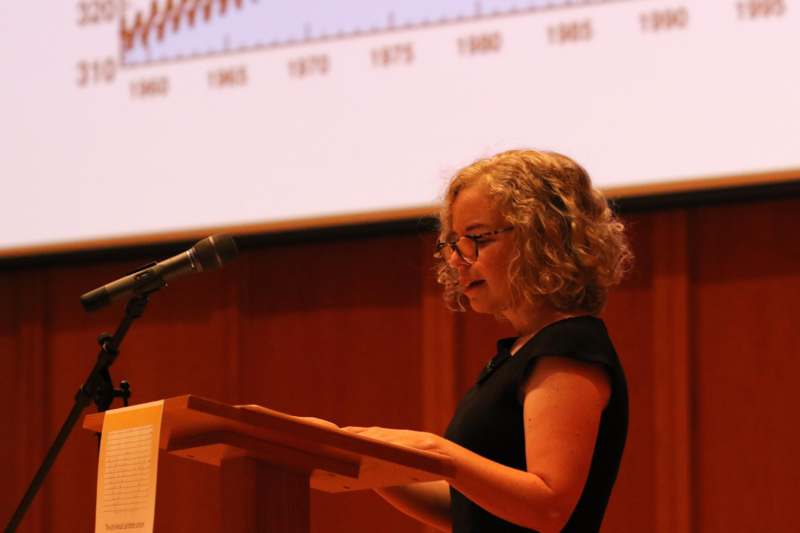
'Data are collected and analyzed, and then one evaluates the hypothesis. Was it refuted? Interesting! Was it not refuted? Also interesting! Regardless, the outcome will lead to more questions...it’s a wonderfully self-sustaining process that allows you to probe ever deeper into the inner workings of our world.'
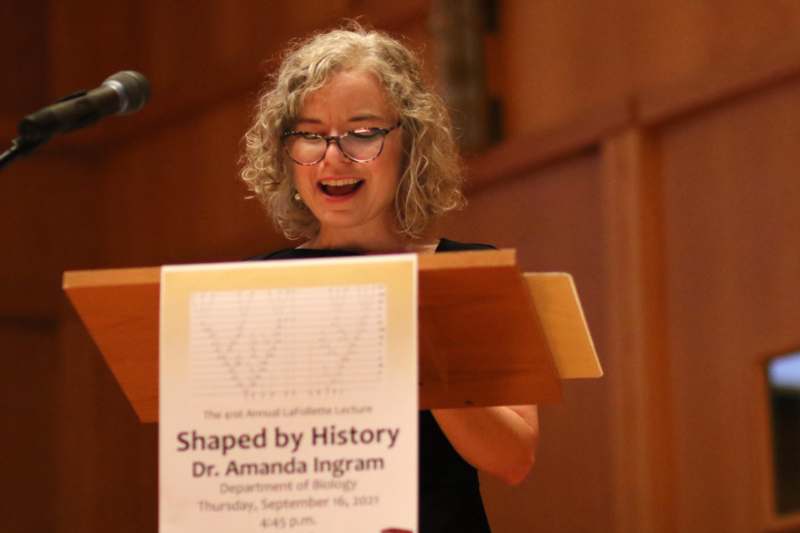
'My scientific subfield is called Systematics. It’s a relatively young discipline, one that wasn’t possible to imagine until we had a good handle on how evolution works. But it has much deeper roots in an older field called Taxonomy, which is focused on assigning names to the organisms around us and building classifications to organize this vast biodiversity.'
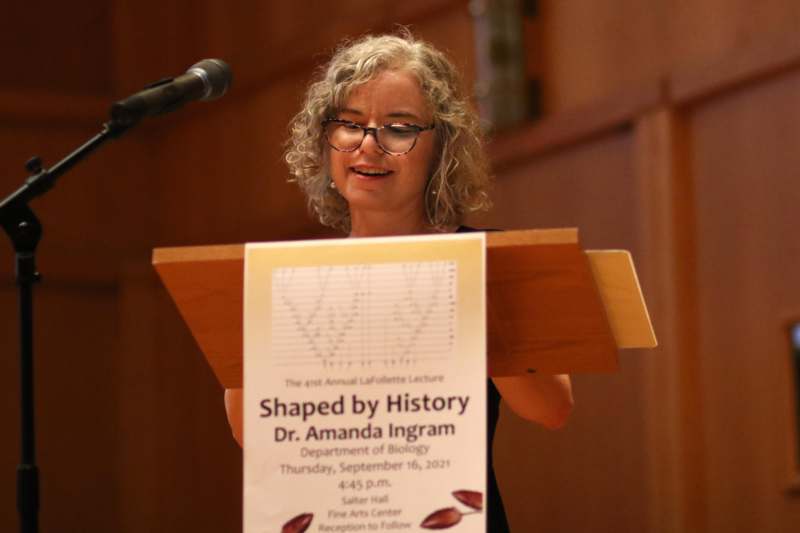
'(Carl) Linnæus’ system arrived at an opportune moment, at least viewed from the perspectives of a Euro-centric assessment of scientific progress. Around the time that Linnæus developed his taxonomic conventions and classification system, European naturalists were increasingly travelling the world and “discovering” species not yet known to Western science. Linnæus’ system allowed names to be applied and enabled rapid categorization of, and thus communication about, the incredible biodiversity found throughout the world.'
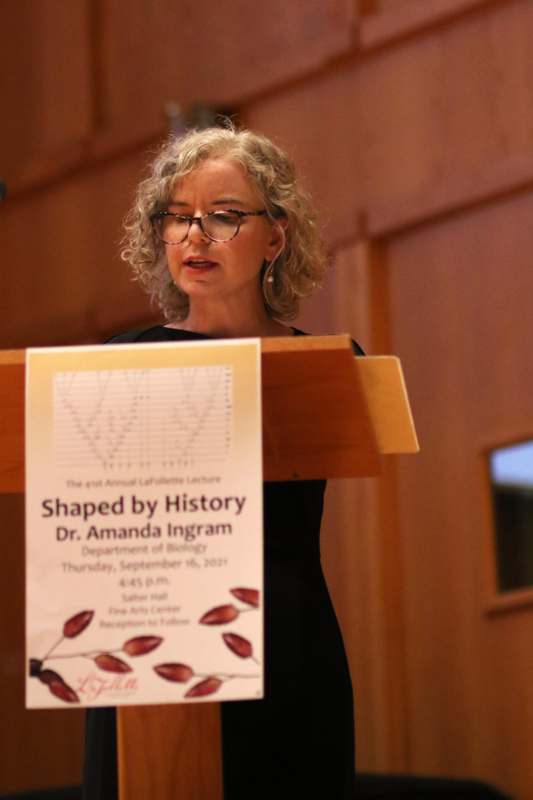
'1859 Charles Darwin published a figure (and a lengthy explanation of it, in The Origin of Species) that eventually changed everything for taxonomy and classification. This humble collection of intersecting lines brilliantly illustrated Darwin’s radical idea that all species that live and have lived on our planet could trace their origins to a single common ancestor and that the vast biodiversity we see today arose as a consequence of billions of years of selection on naturally-existing variants (as well as some other evolutionary processes that came to be understood later).'
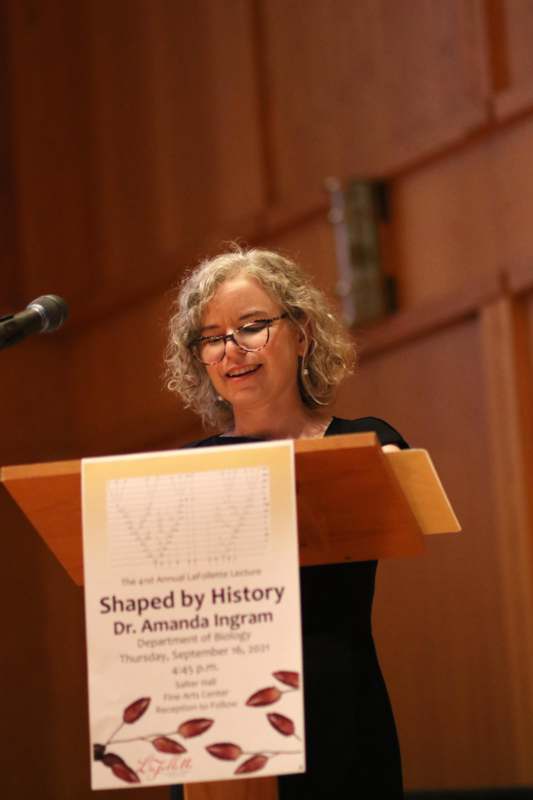
'(Darwin) envisioned the ends of the branches as representing individuals in multiple genera, so we might label them oaks and chestnuts and reveal the representation that each genus has a more recent common ancestor than the group as a whole. This was a tremendous insight. Now classifications can be viewed as hypotheses of properties of nature. Rather than representing groups of species that are simply more similar to each other than they are to other equivalent groups, as is the case with Linnæus’ artificial system of classification, taxa now can be viewed as hypotheses of common descent.'
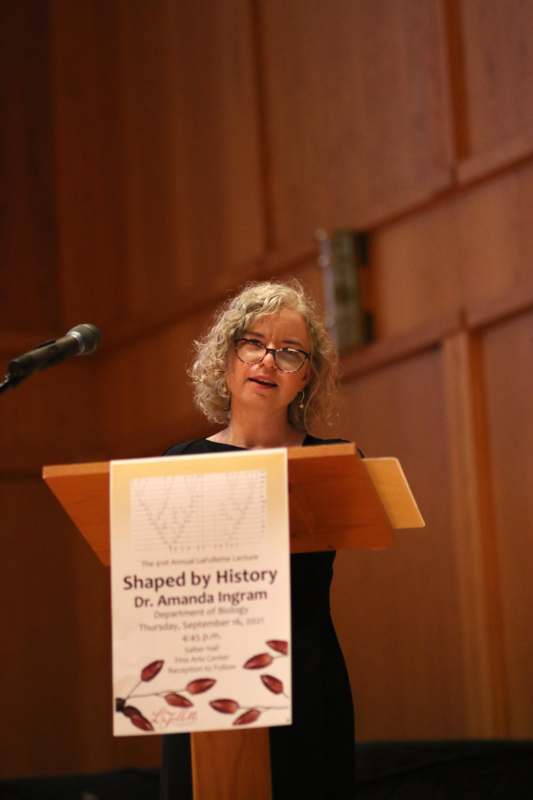
'(German entomologist Wili) Hennig also refined our understanding of what natural groups should be. In addition to all members of a taxon tracing their evolutionary history back to a single common ancestor, Hennig felt strongly that a natural group should include all descendants of that common ancestor.'
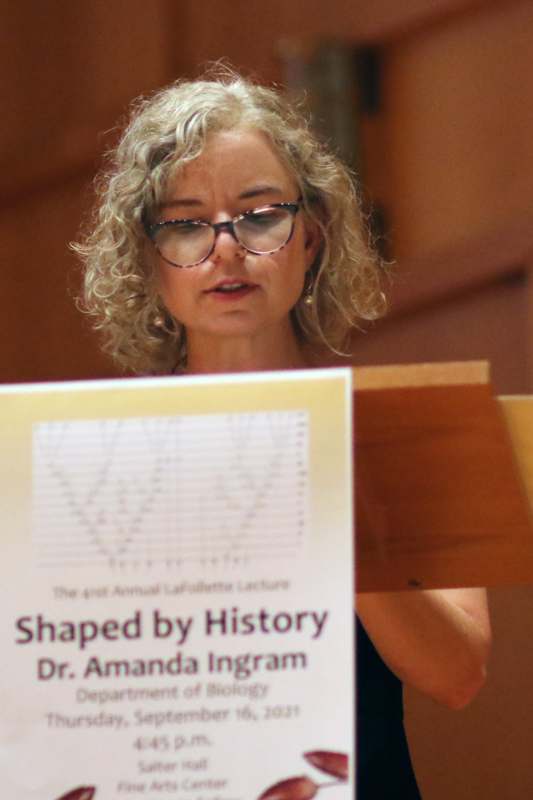
'What aspects of nature interest me, and how do I go about understanding what nature values? First and foremost, I am a plant systematist. I could give another entire lecture on why I’m so fascinated with plants, but for today’s purposes, let’s just say that I love that plants aren’t bound to many of the rules that seem to limit the ways animals exist in this world.'
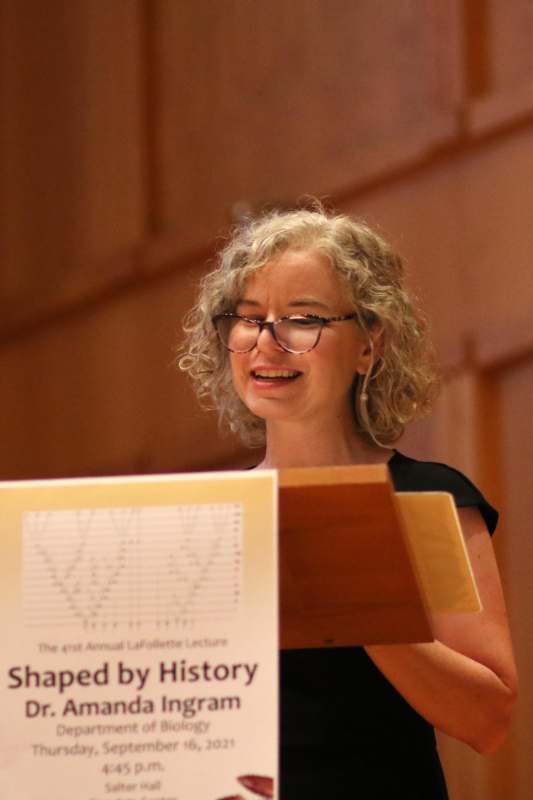
'I’m also motivated to better understand the histories of human-plant interactions, so these complementary interests in economically important plants and polyploidy are what brought me to the group I’ve spent most of my career working on: the genus Eragrostis, commonly known as the lovegrasses. The most well-known economically important species in the genus is Eragrostis tef, commonly known as tef, a cereal crop grown in Ethiopia and used to make breads like injera.'
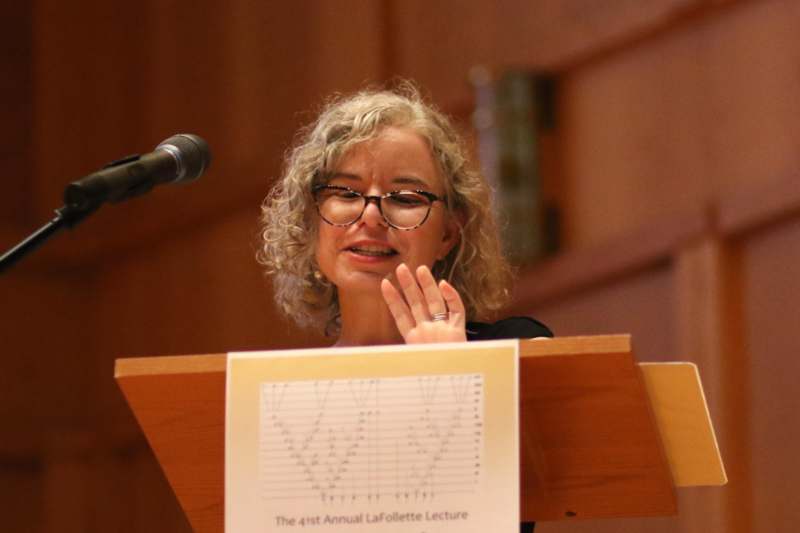
'I started working on Eragrostis largely because I was curious to know what wild species gave rise to tef. Knowing this could facilitate improvement of the domesticated species because wild relatives often harbor desirable traits that can be bred into the domesticate by hybridization and selective breeding. I found its closest wild relative easily enough, but on examination of the phylogenies that addressed that question, it became obvious that some more fundamental work on classification was necessary.'

'The first official mention of Eragrostis was actually in Linnæus’ Species Plantarum, but he applied the name as a specific epithet, not as a generic name. In 1812, a French botanist named Palisot de Beauvois correctly realized that the species to which Linnæus applied this name did not actually belong in the genus Poa and instead elevated the name to the rank of genus.'

